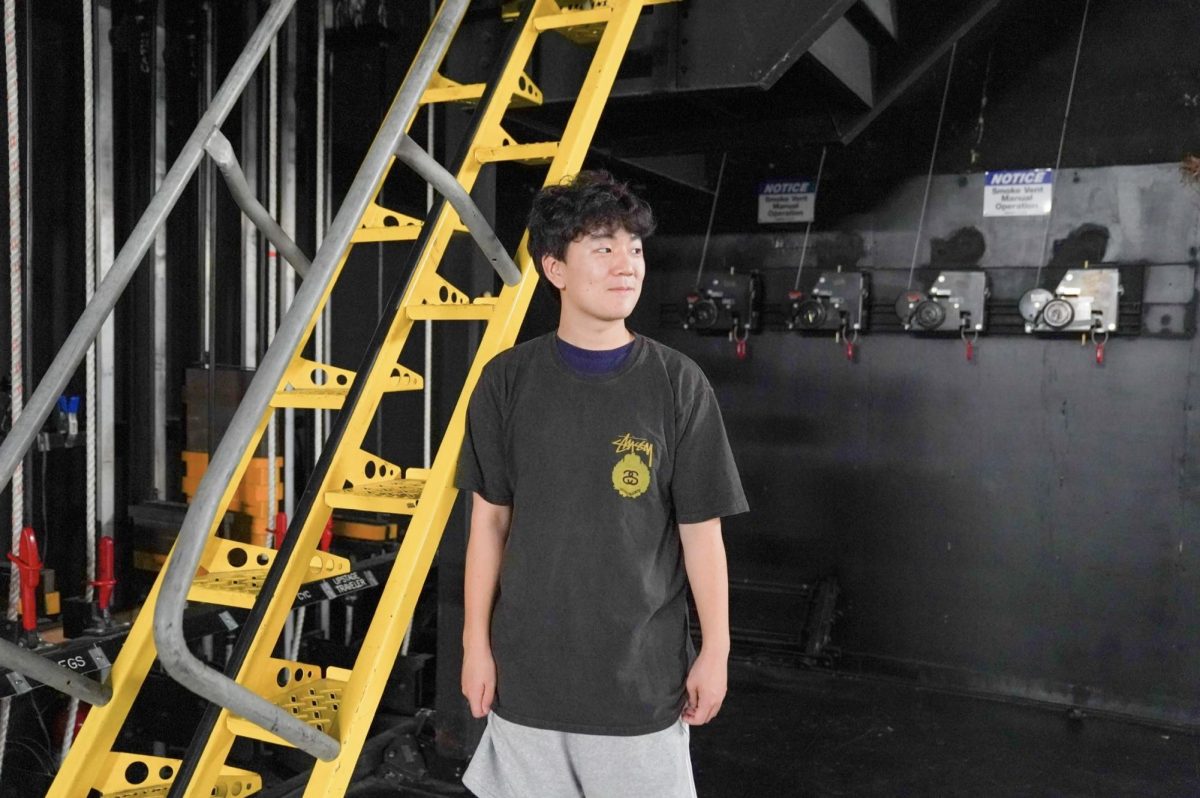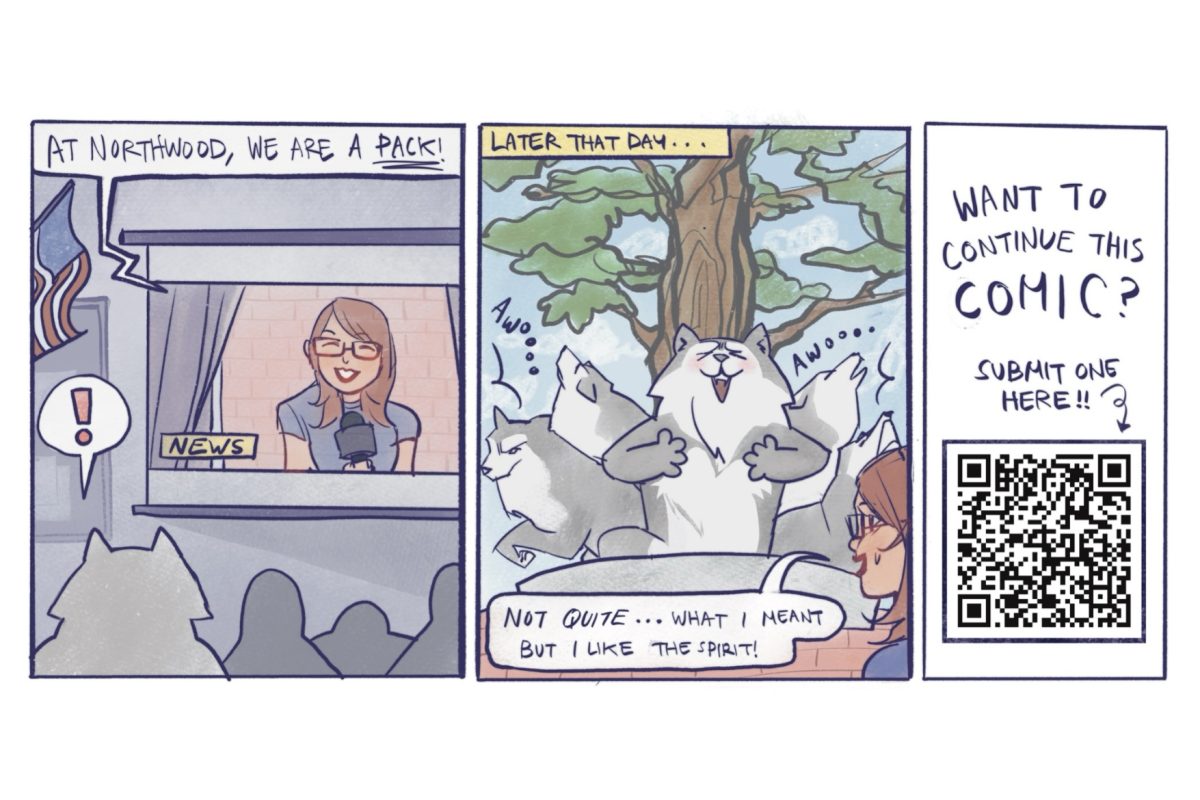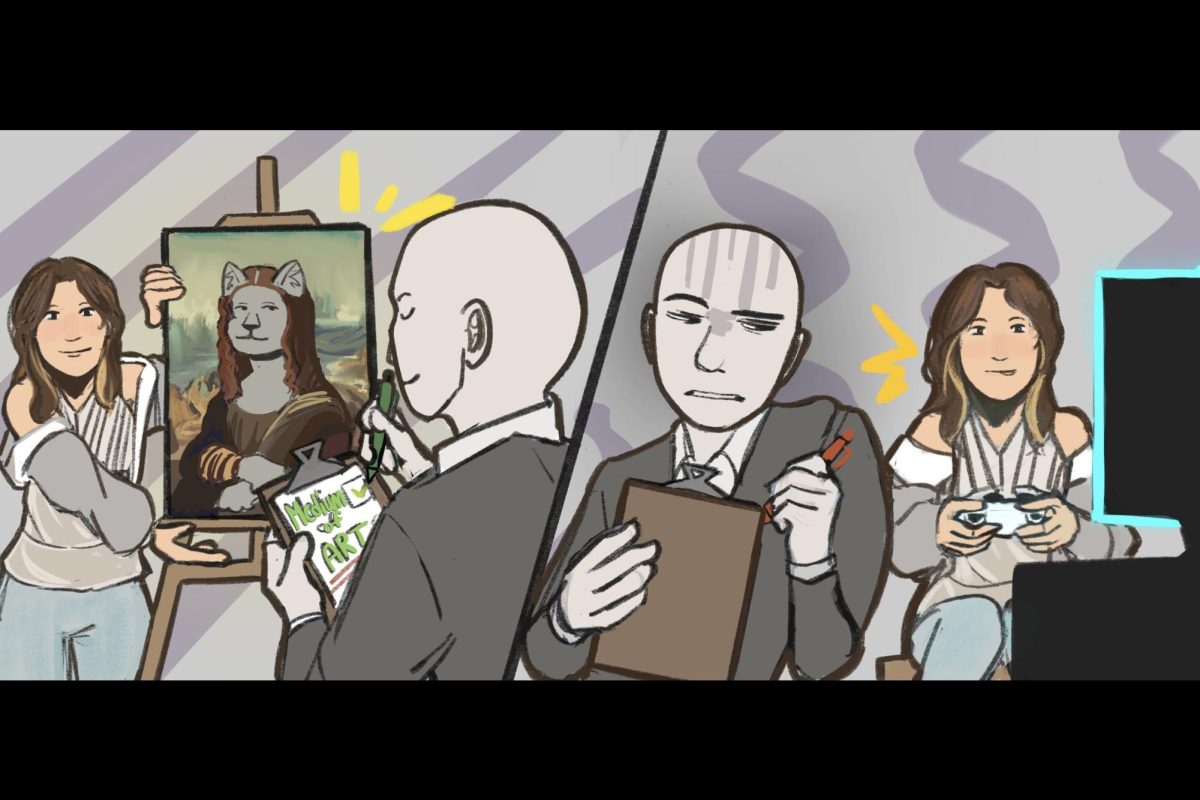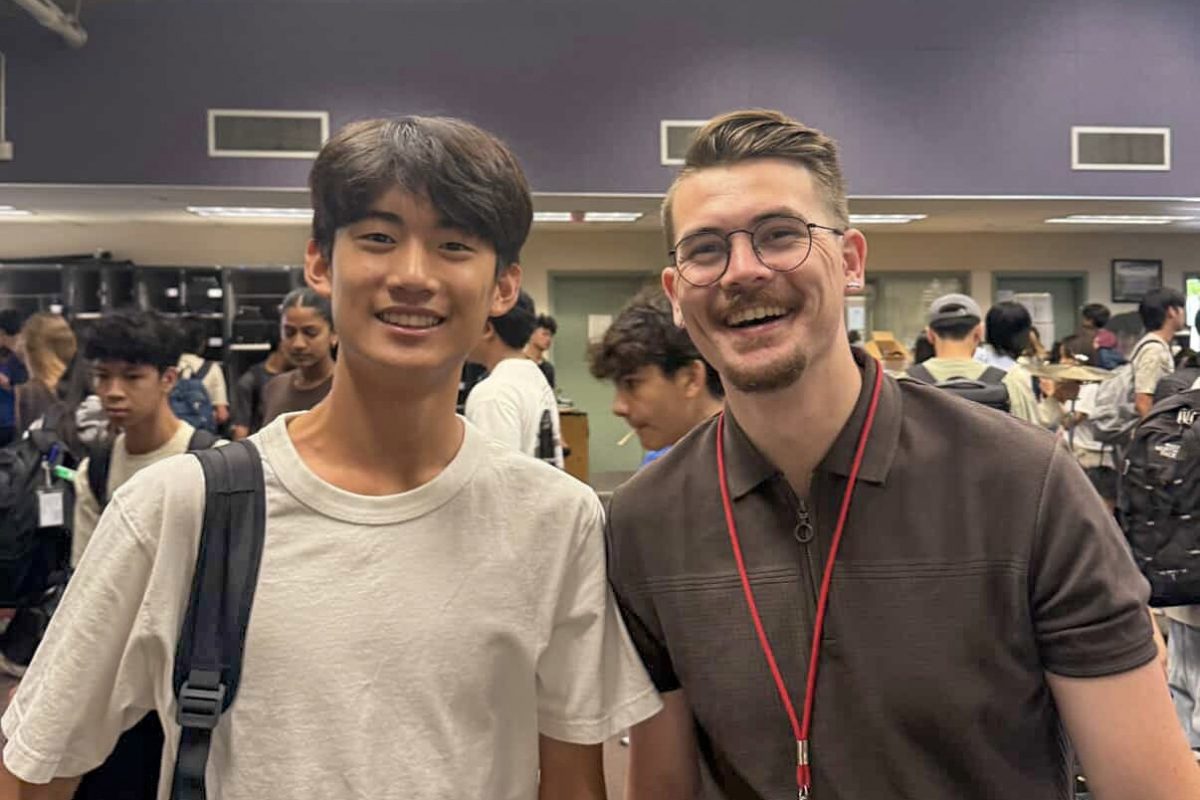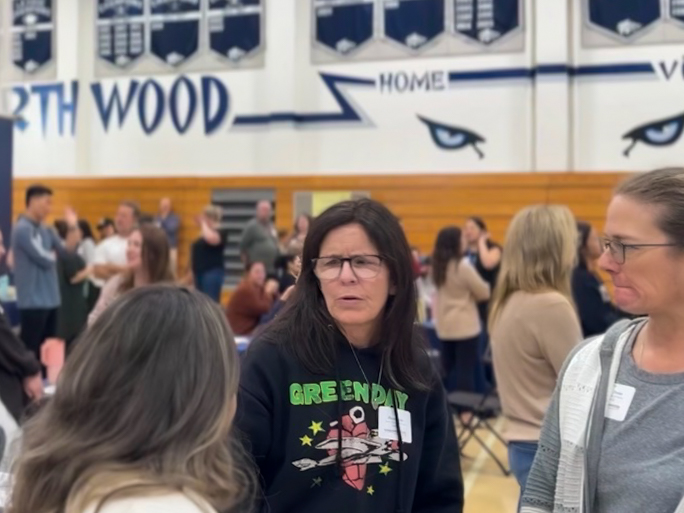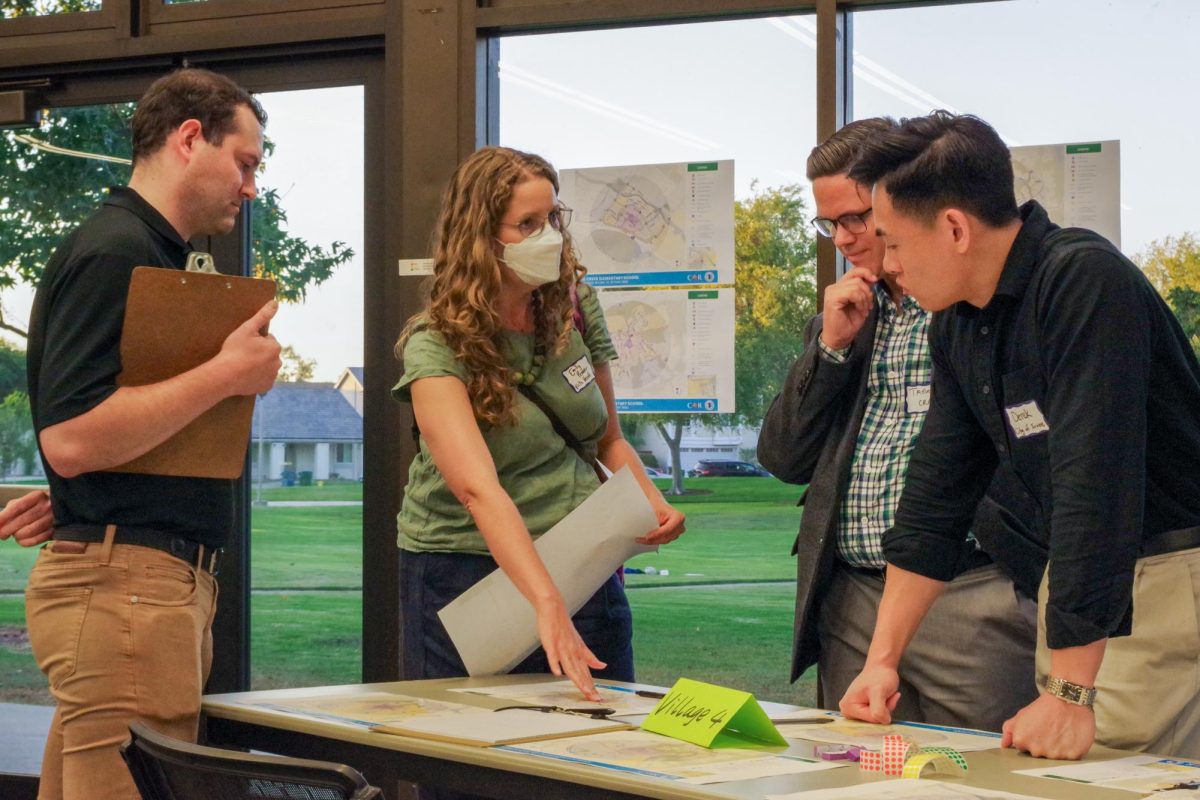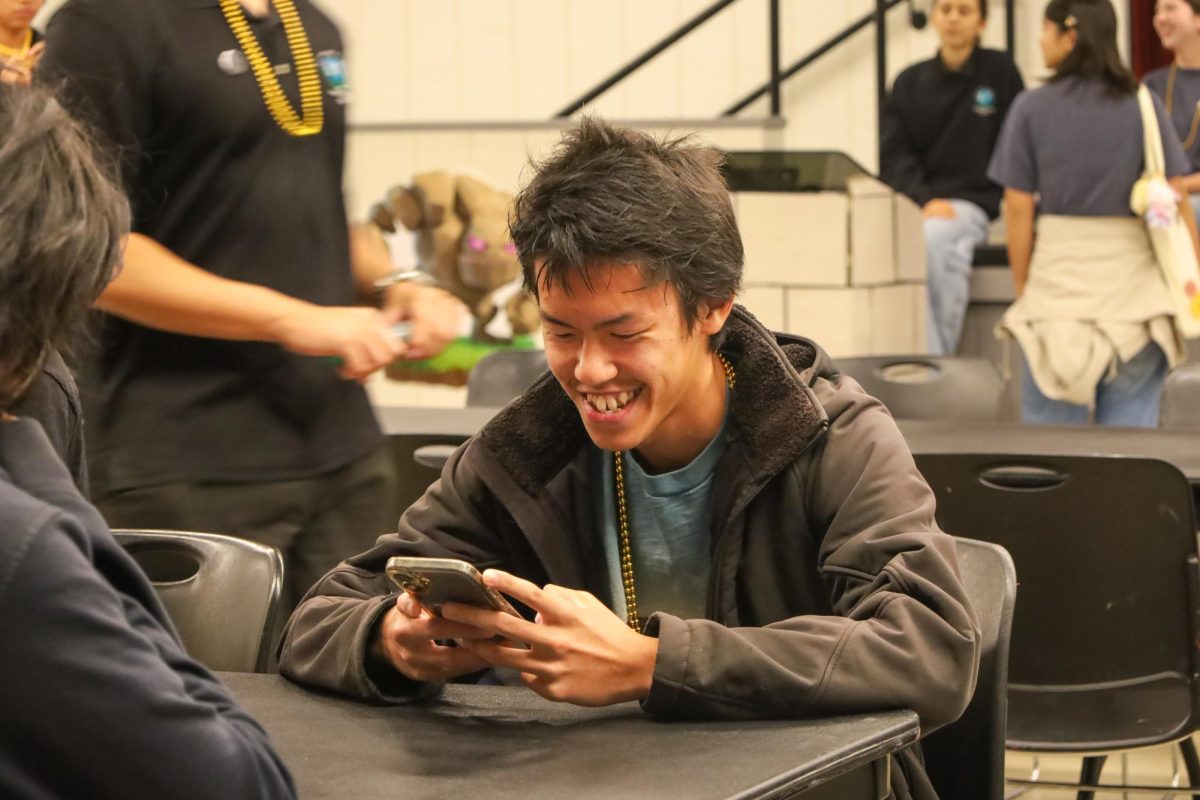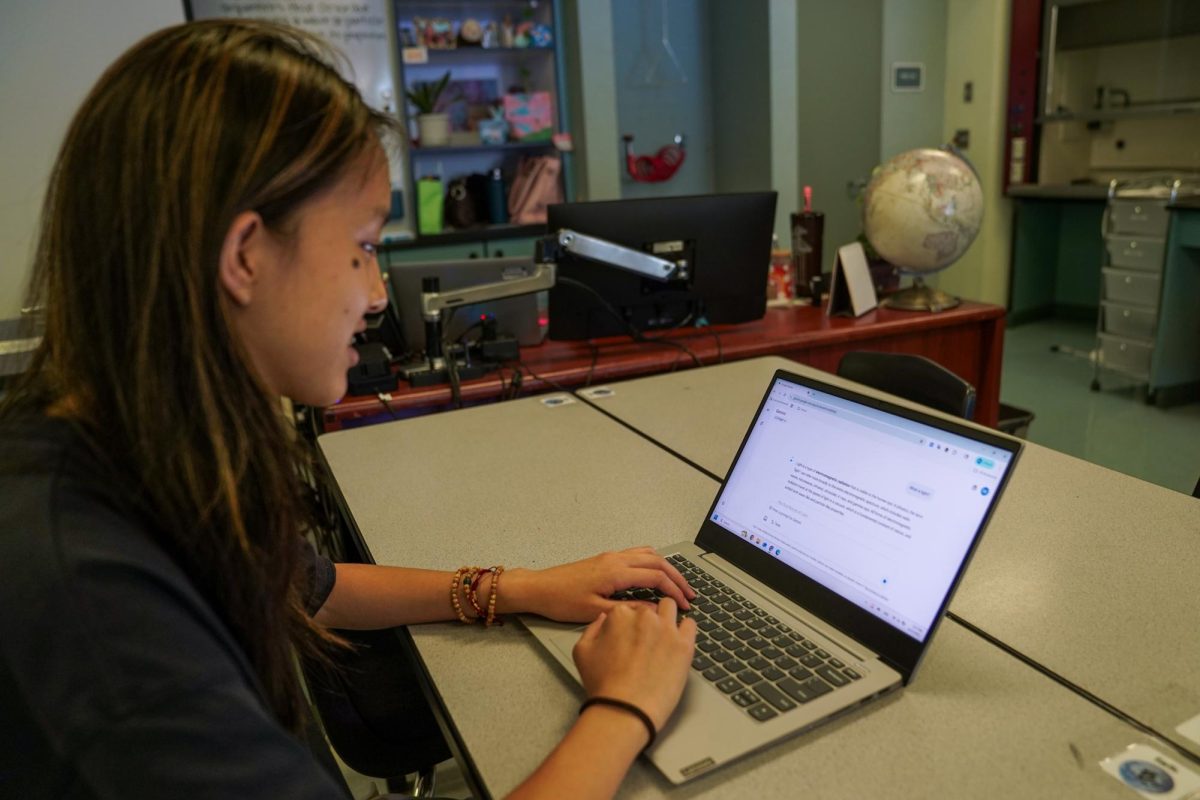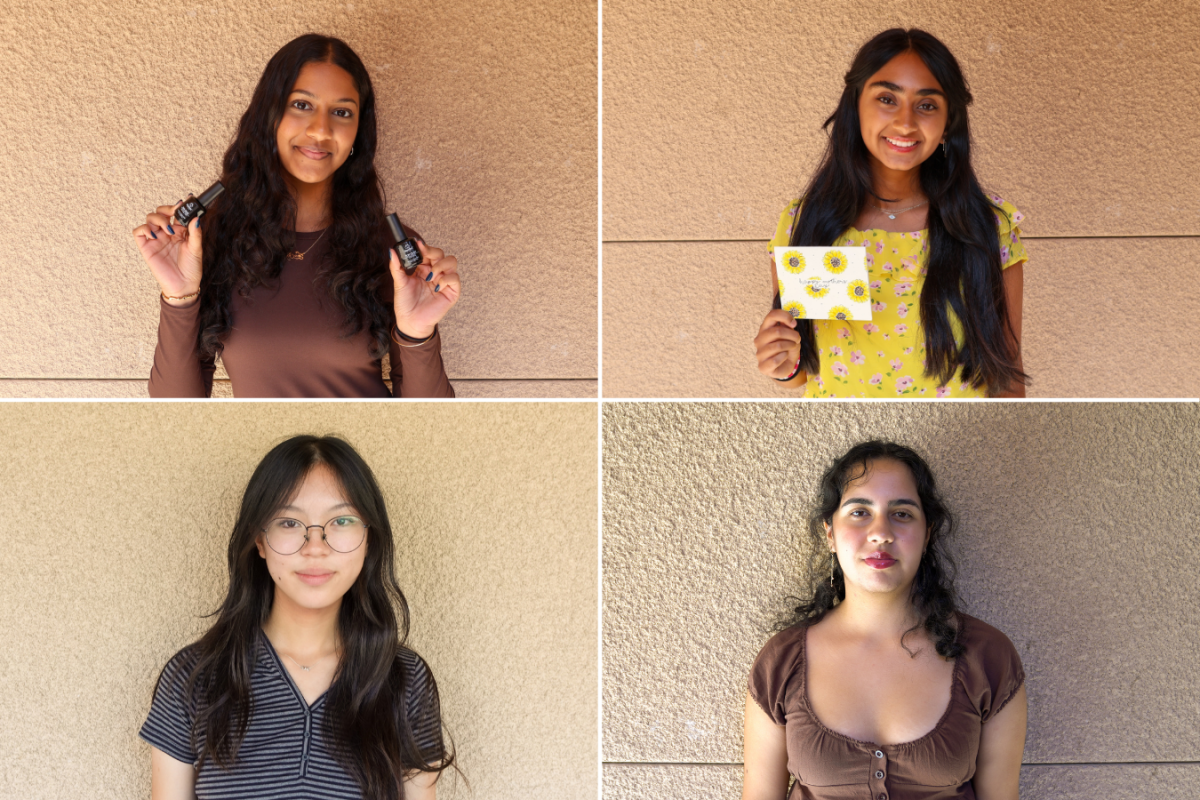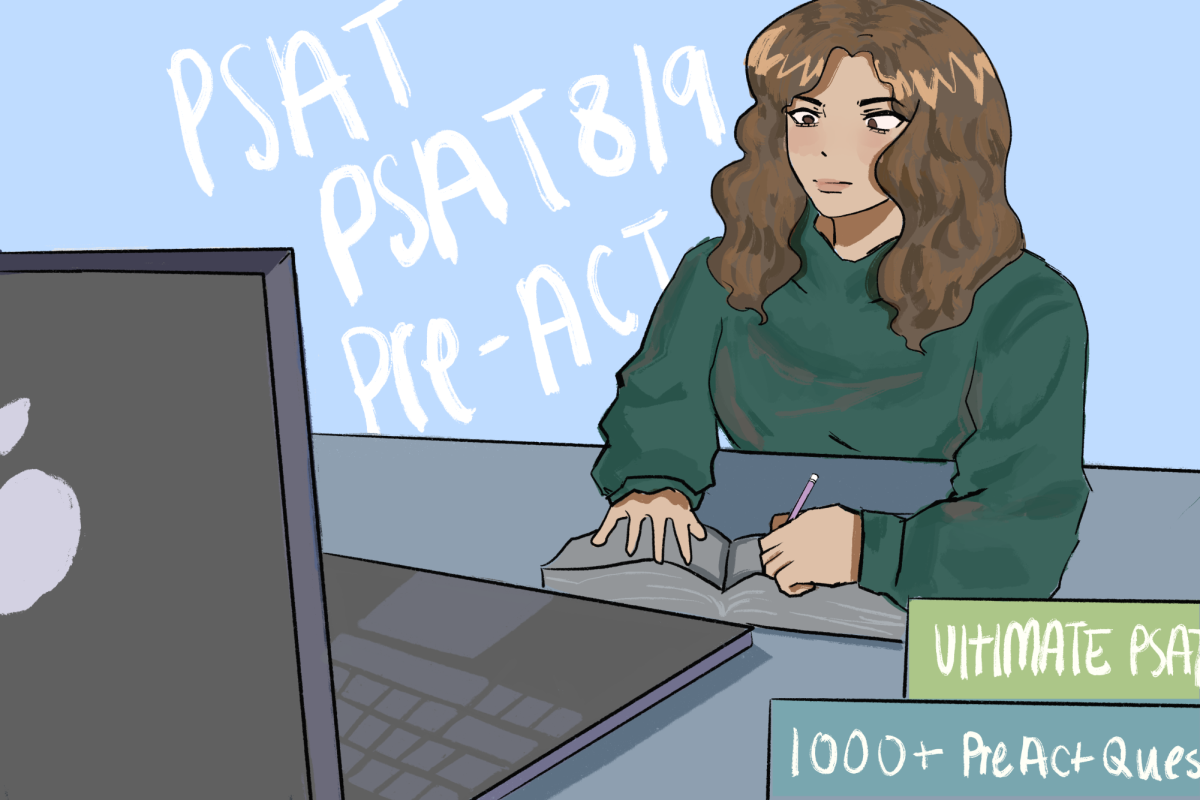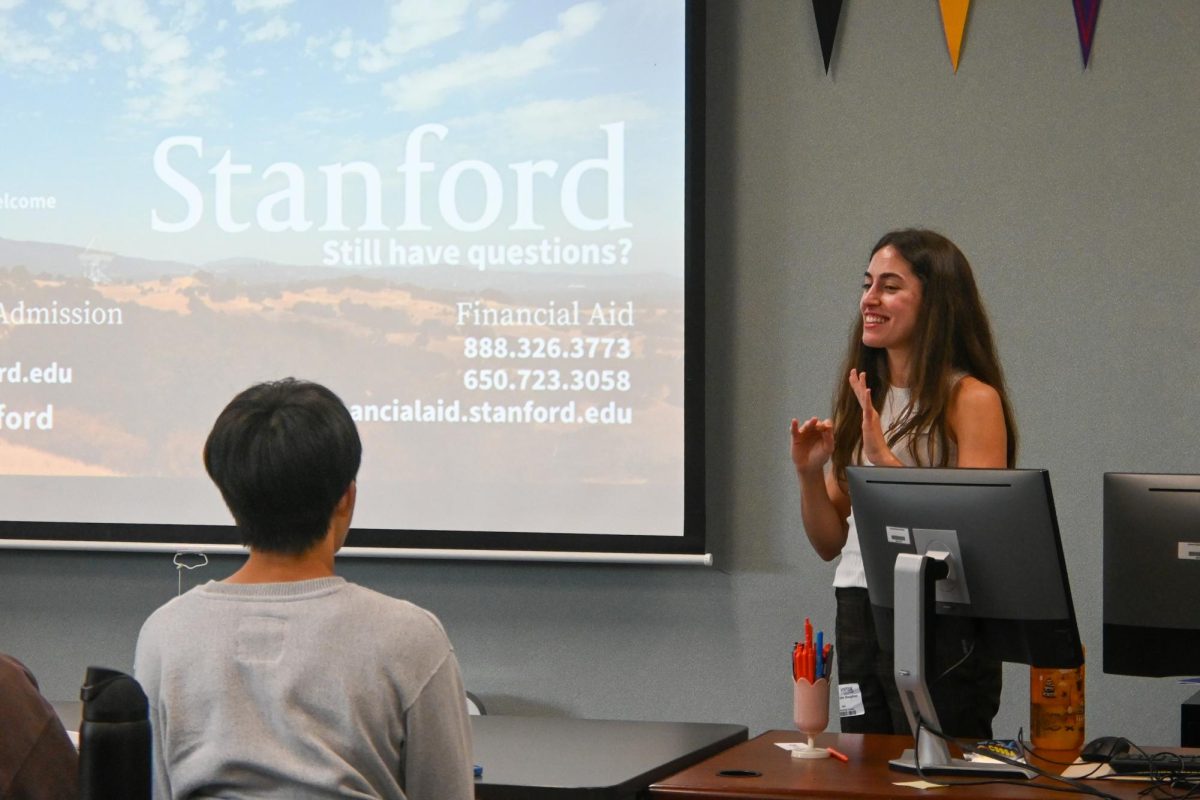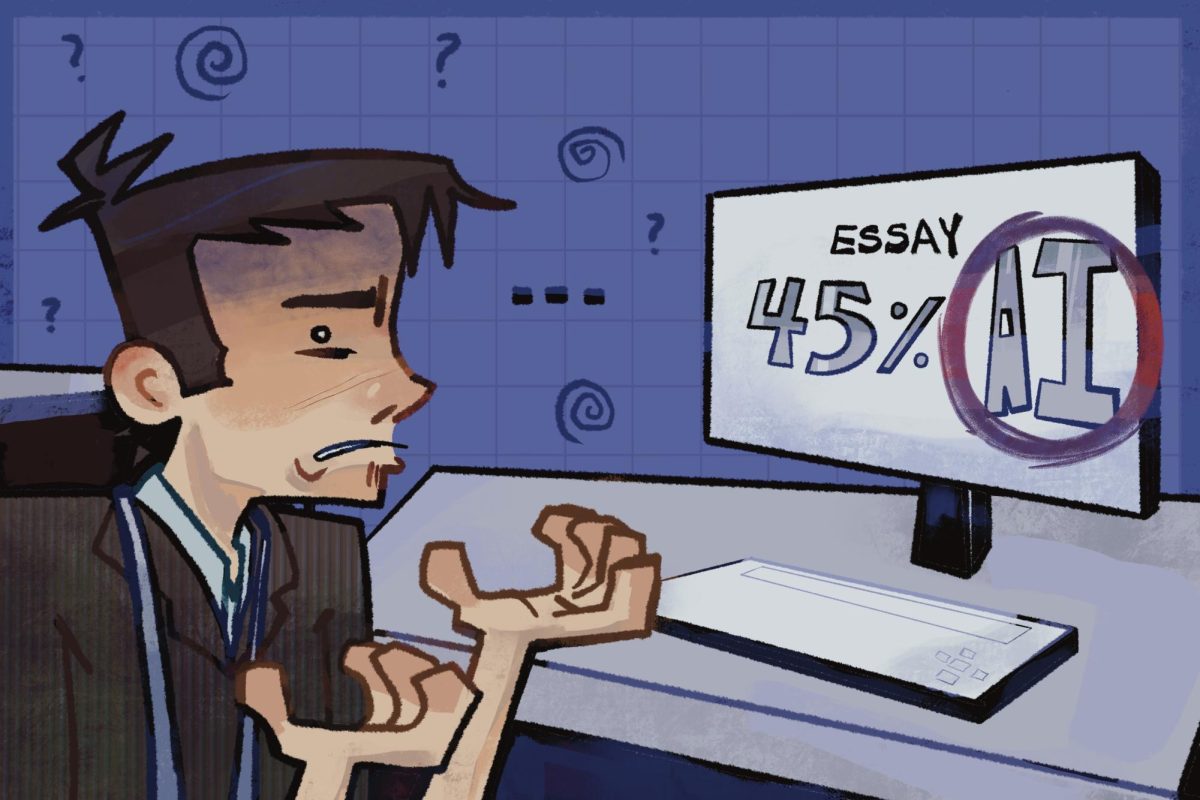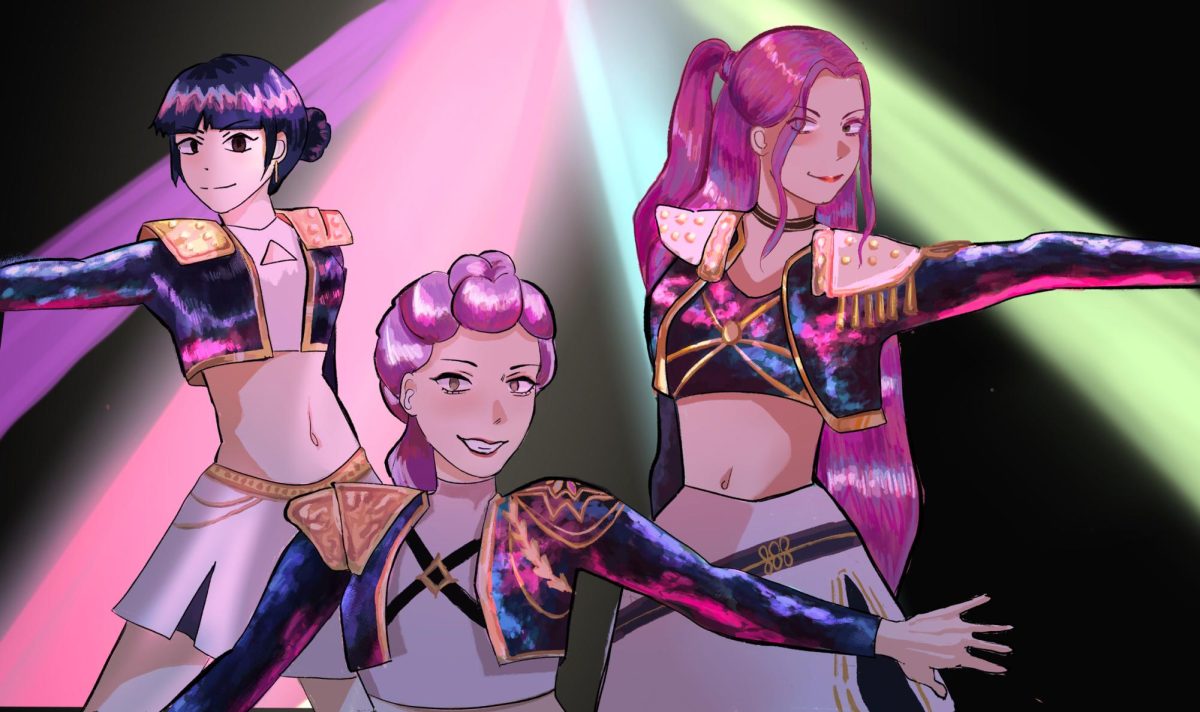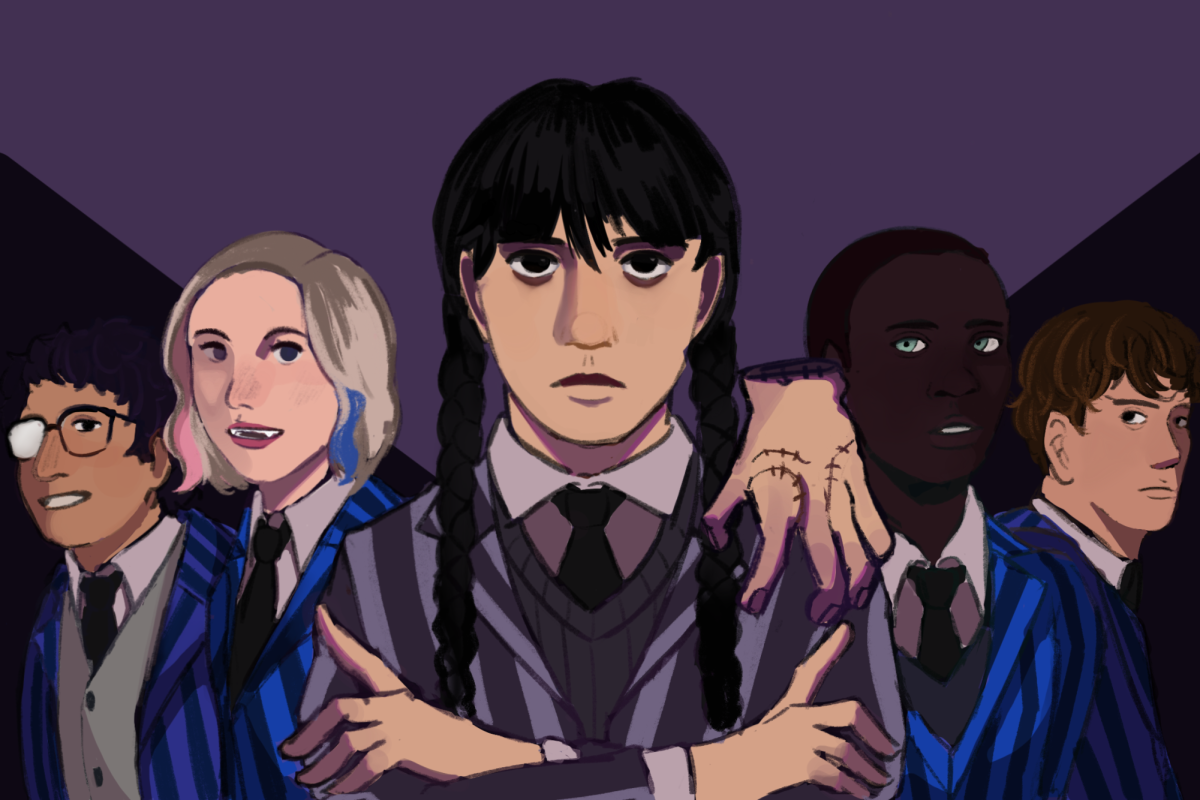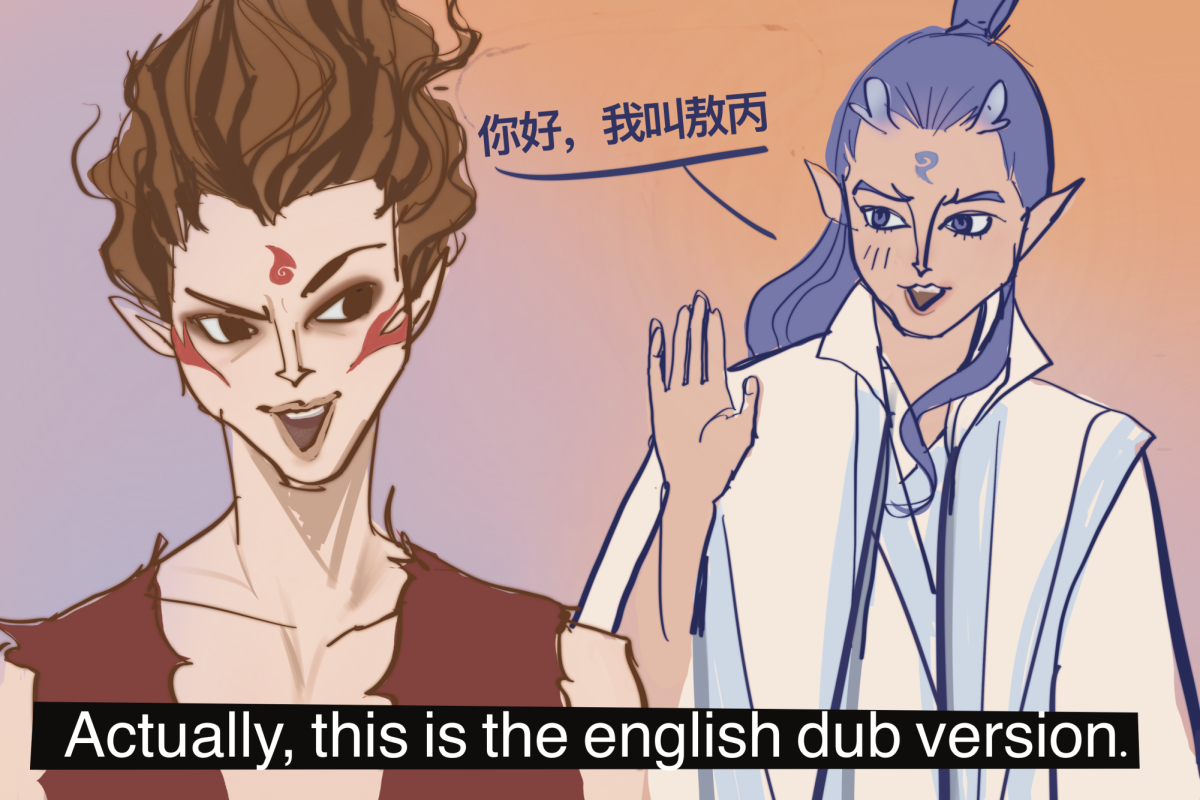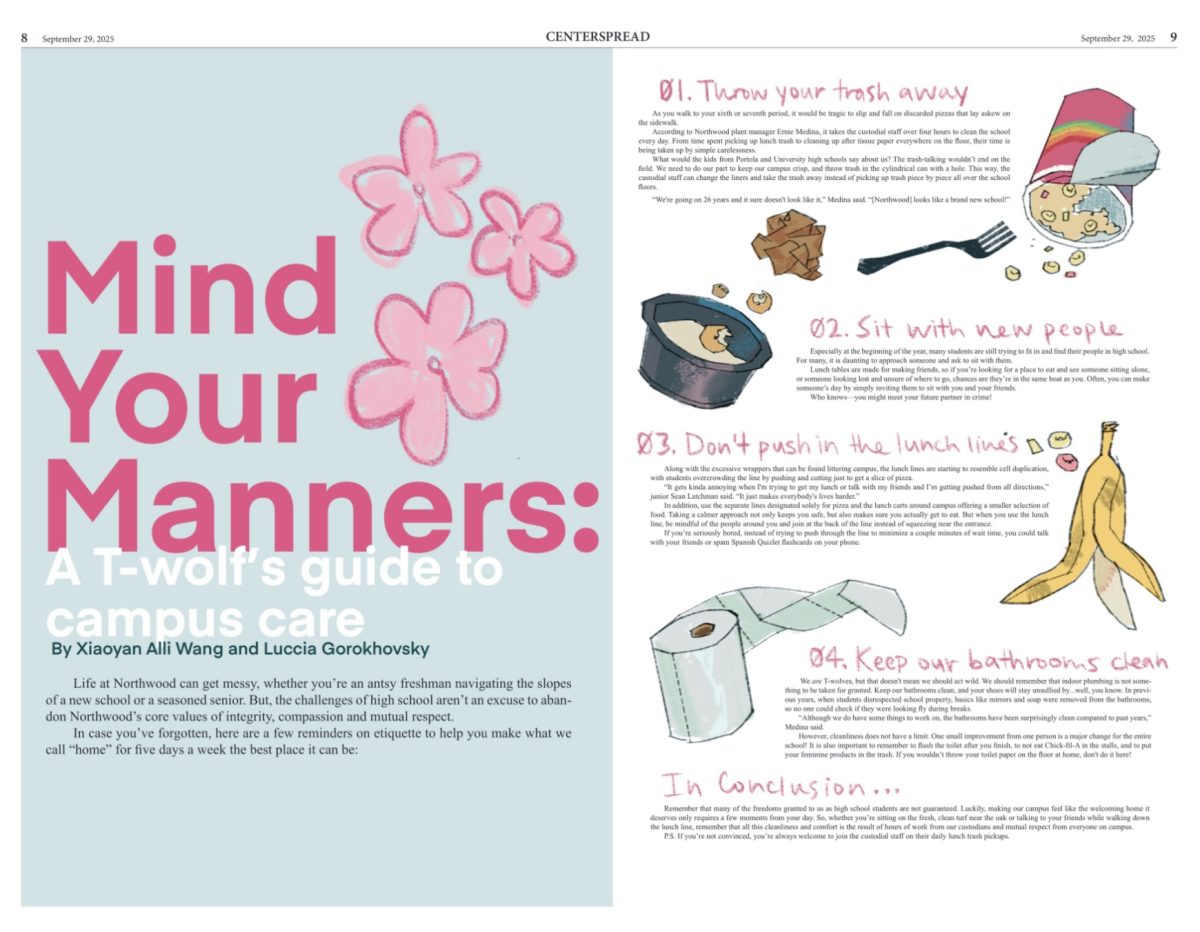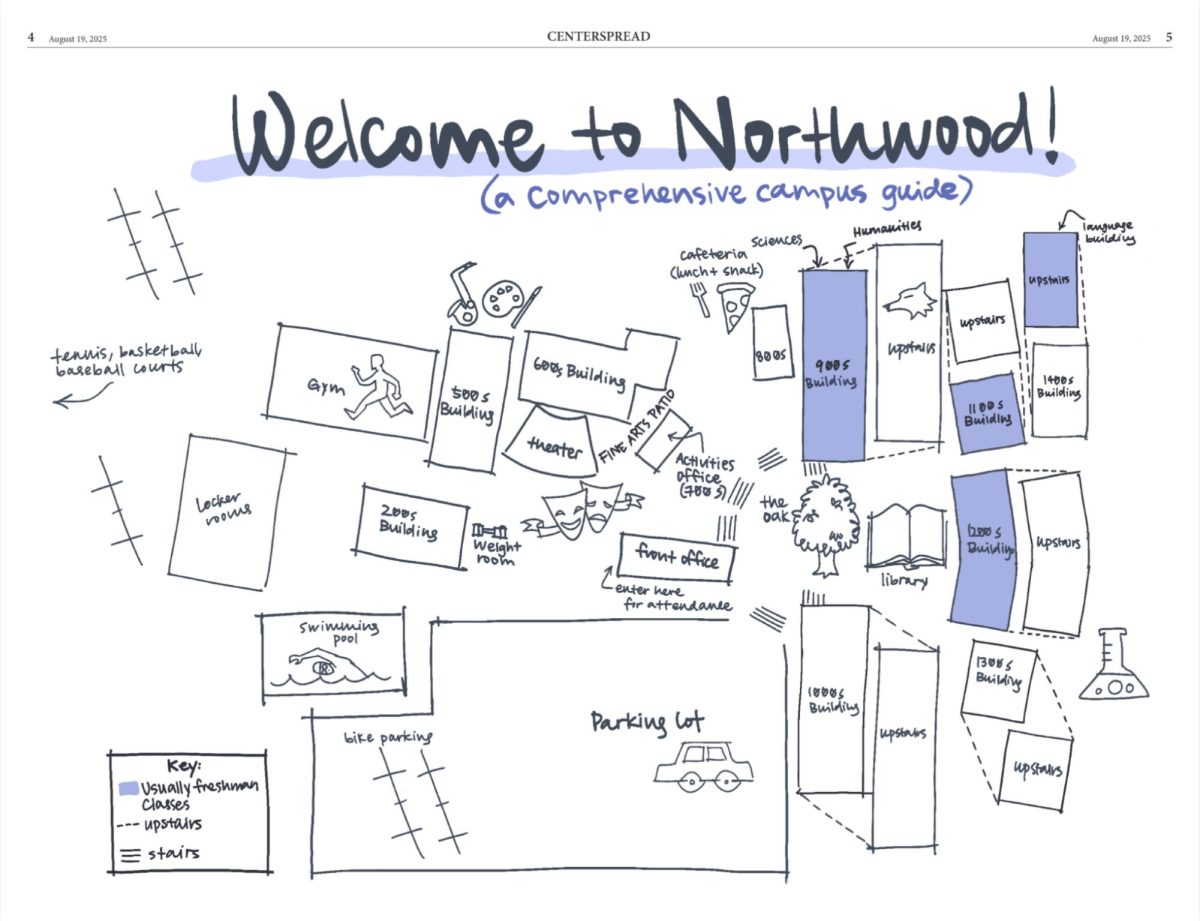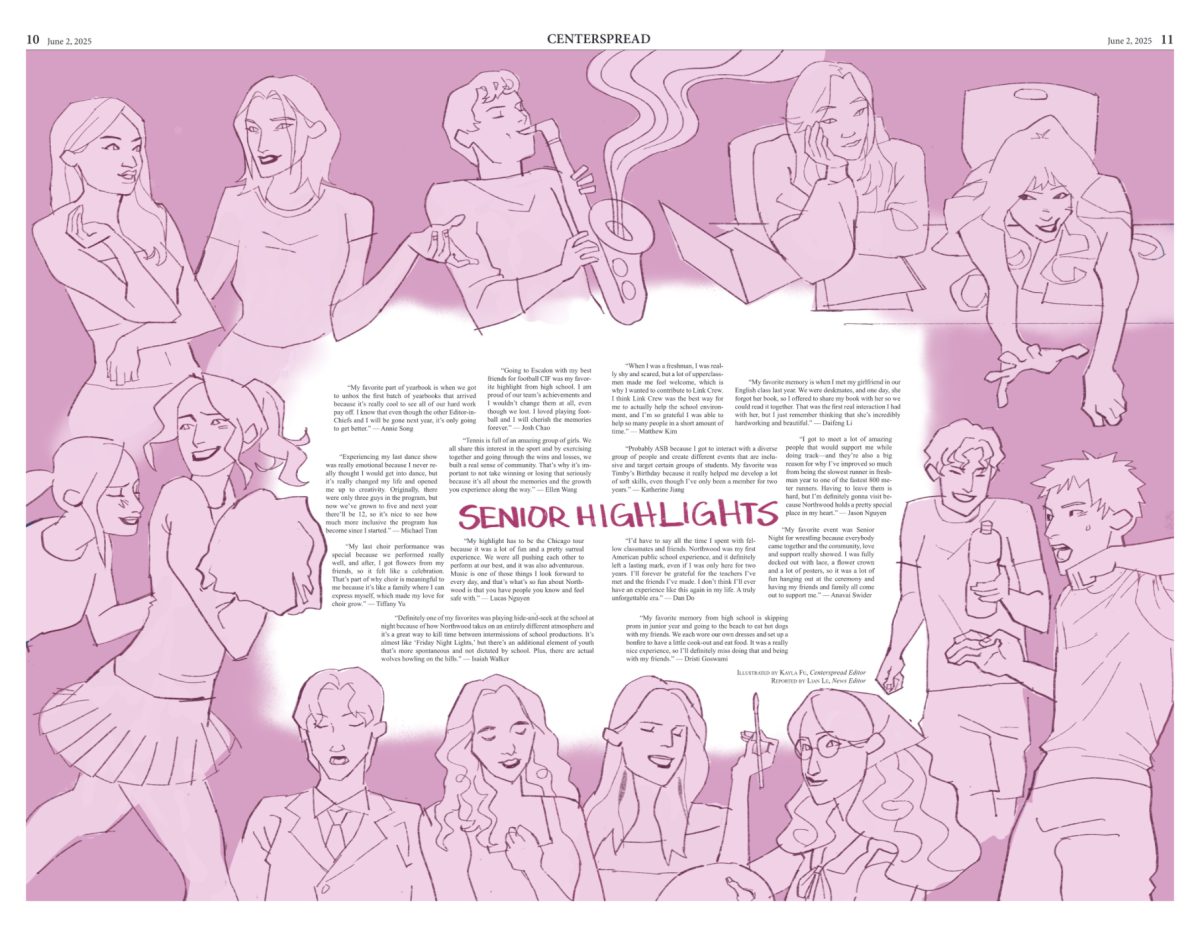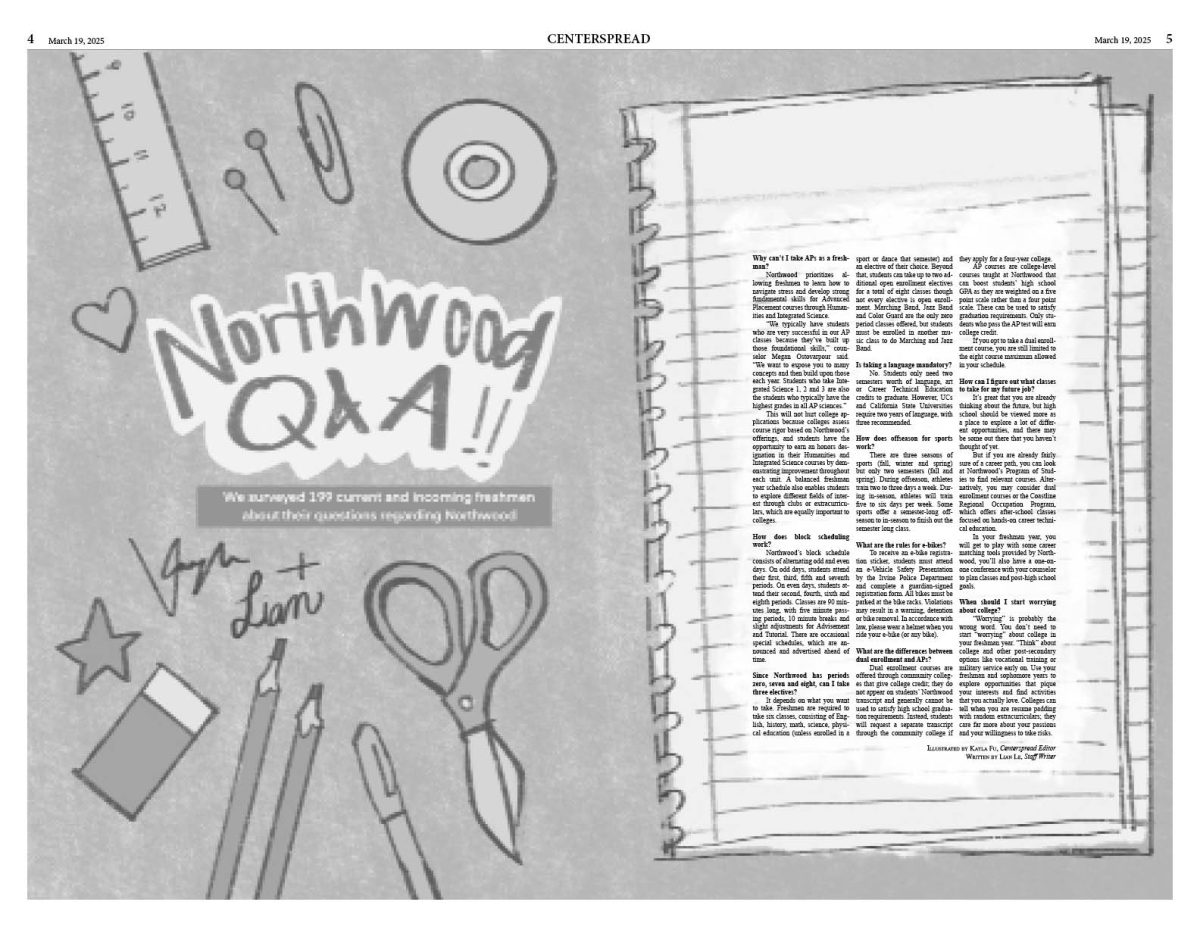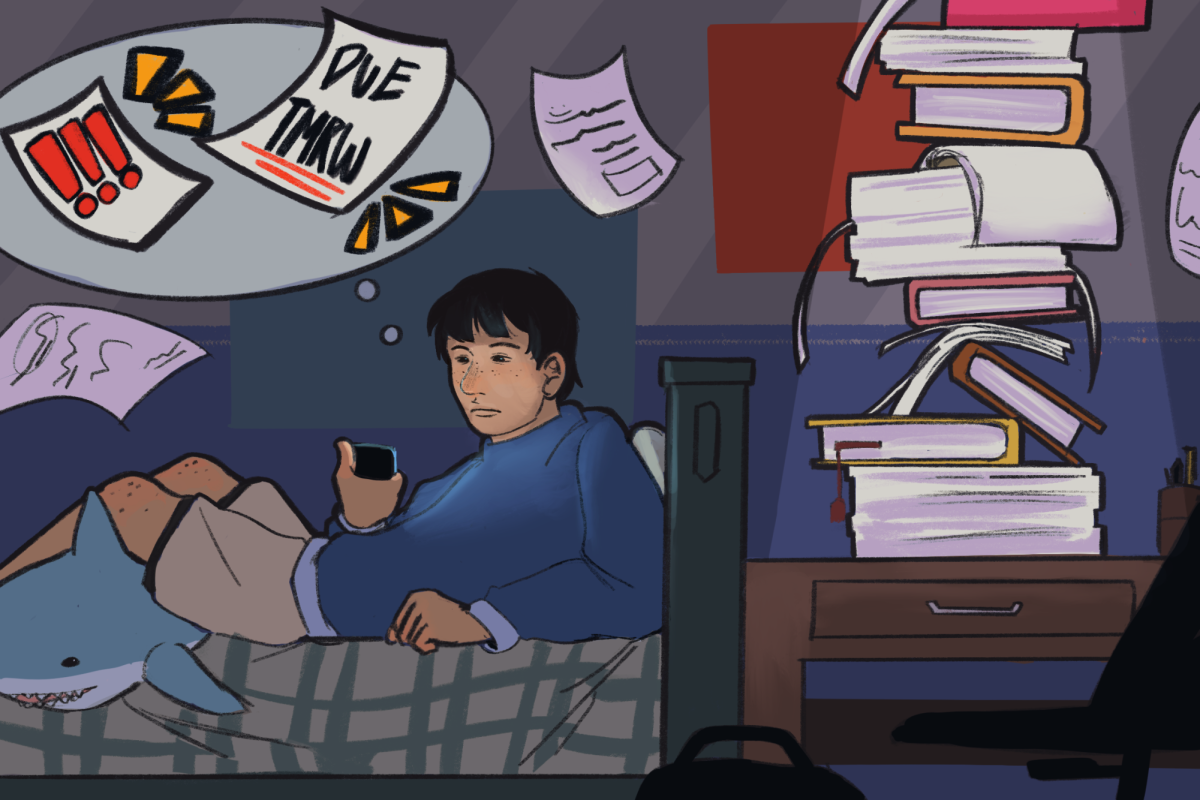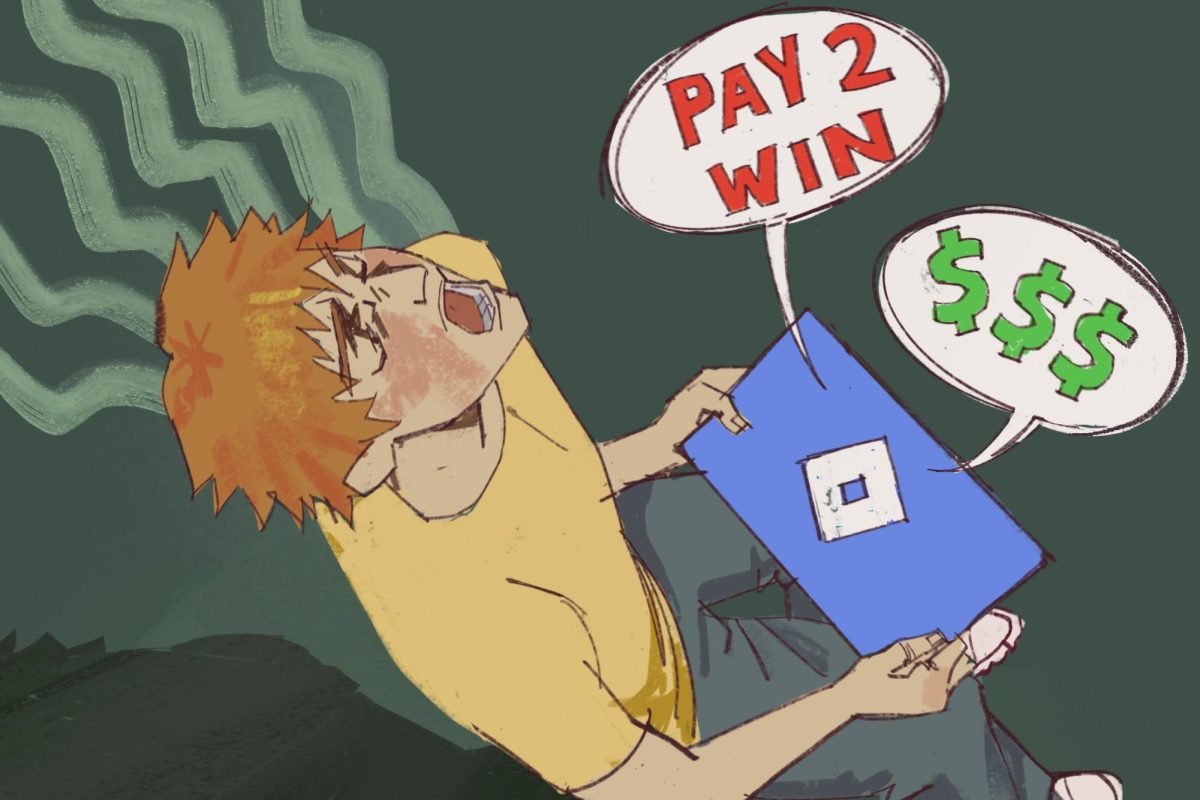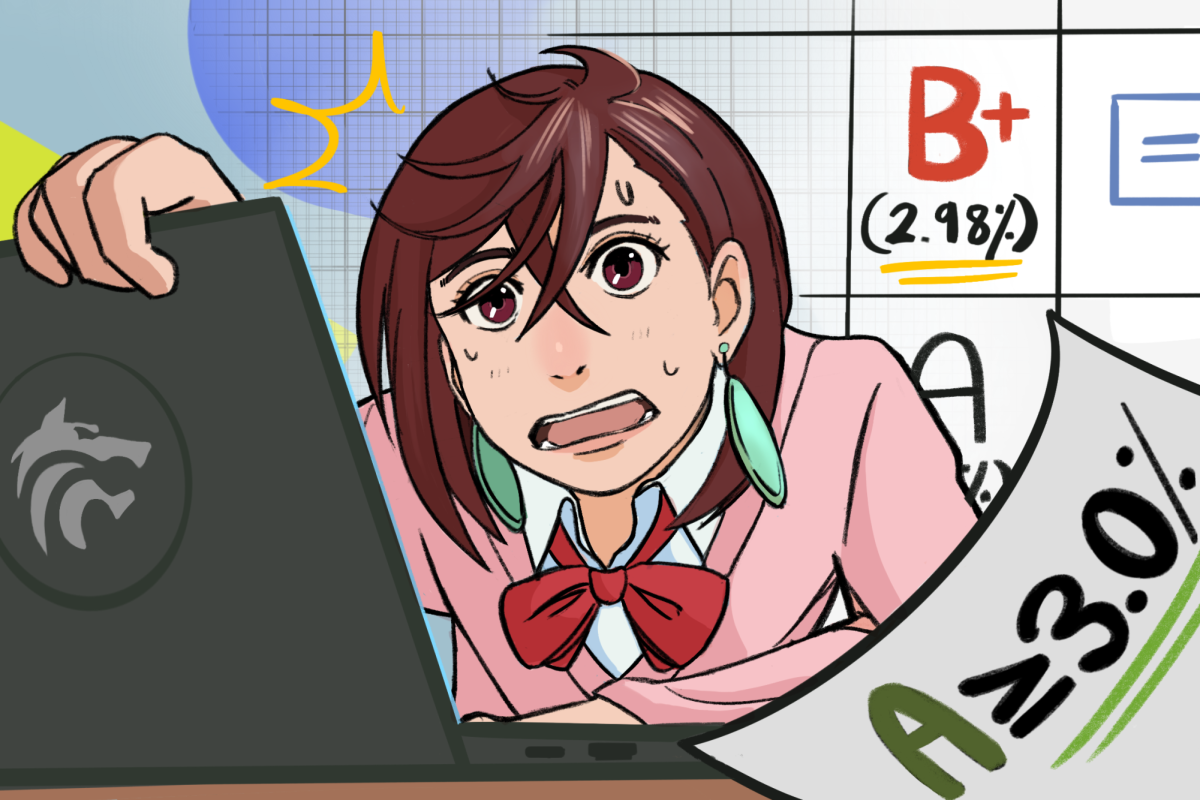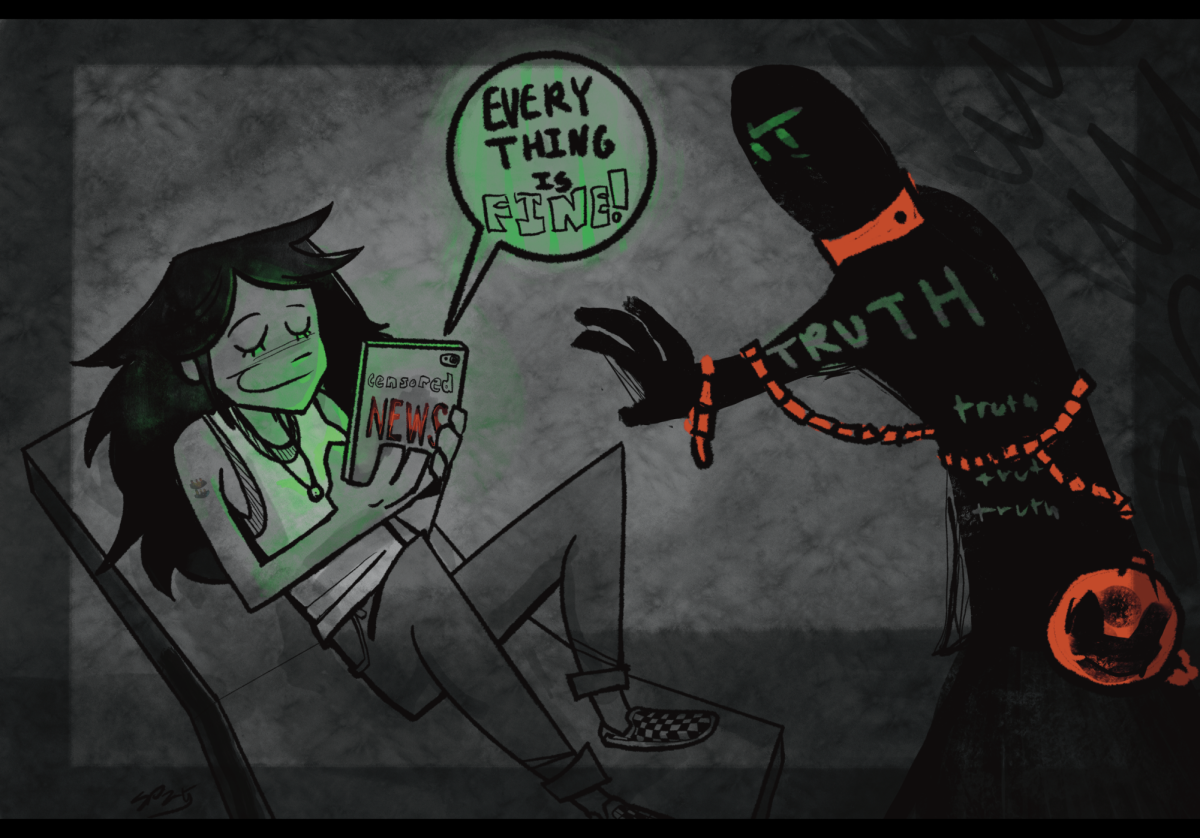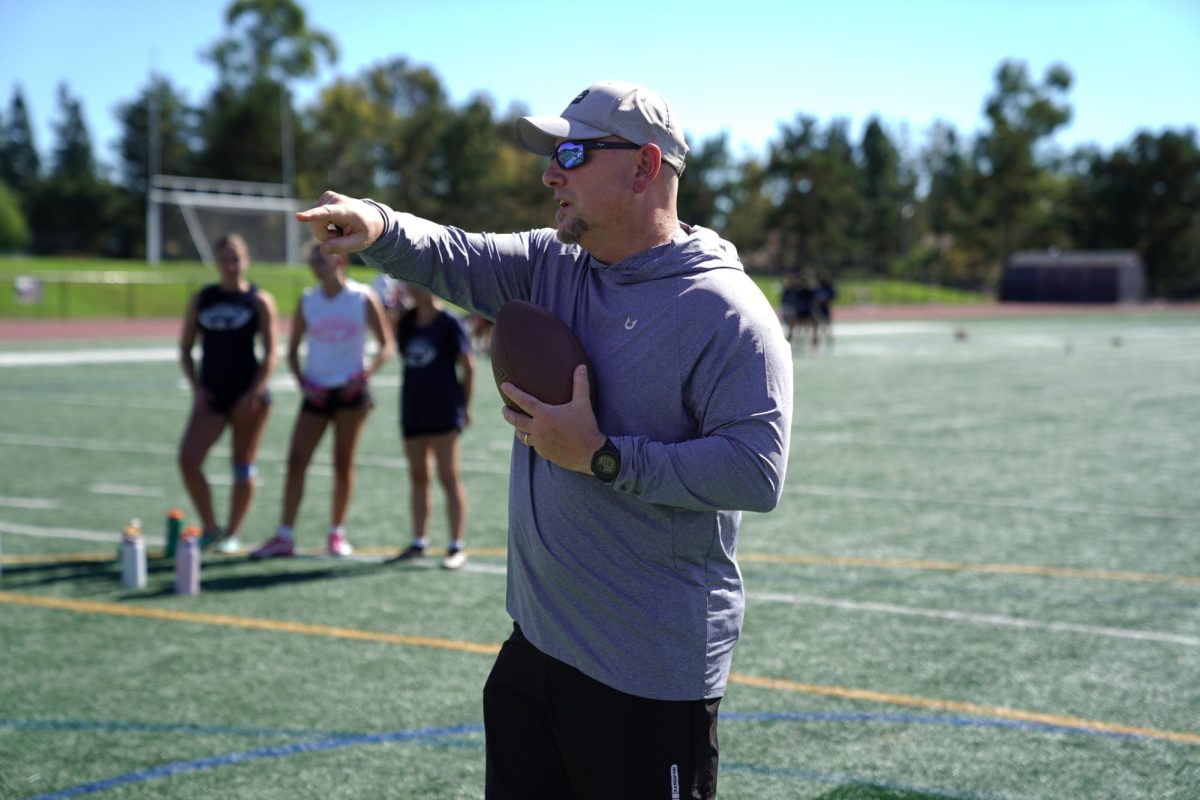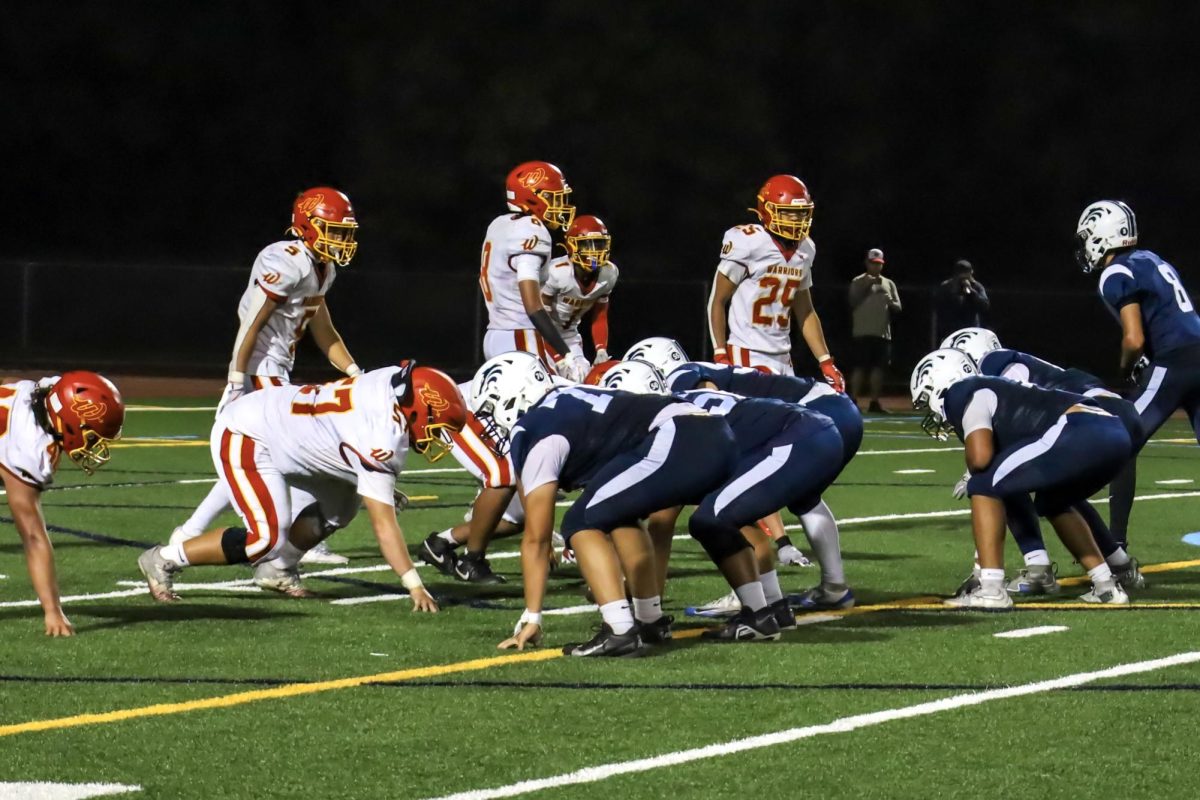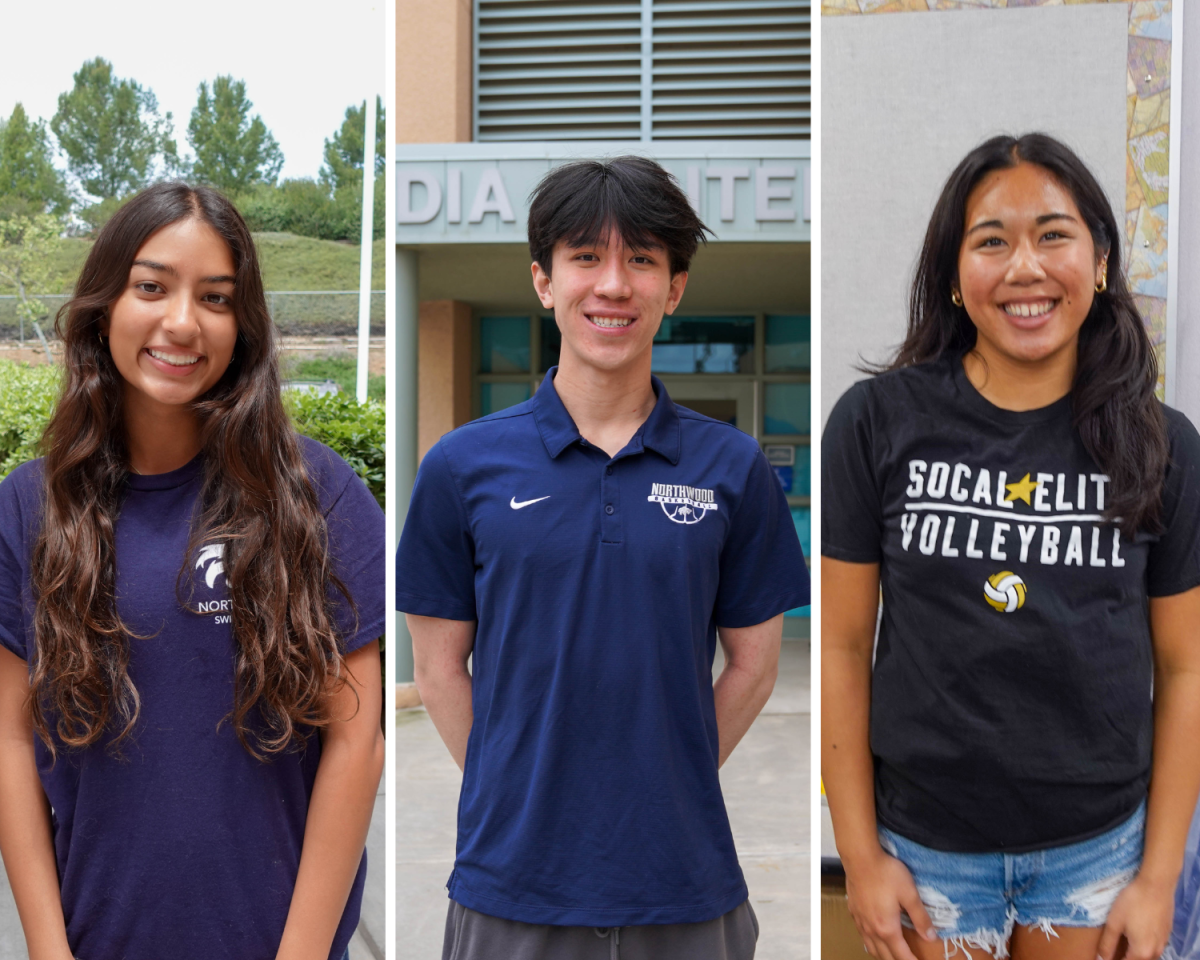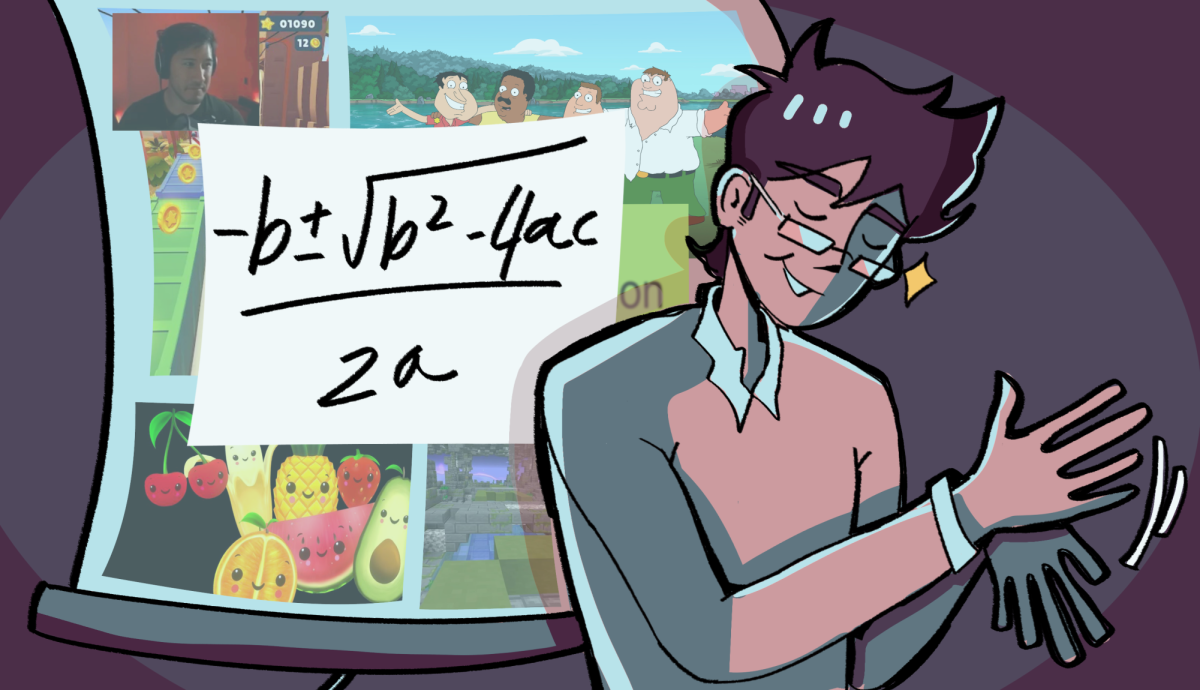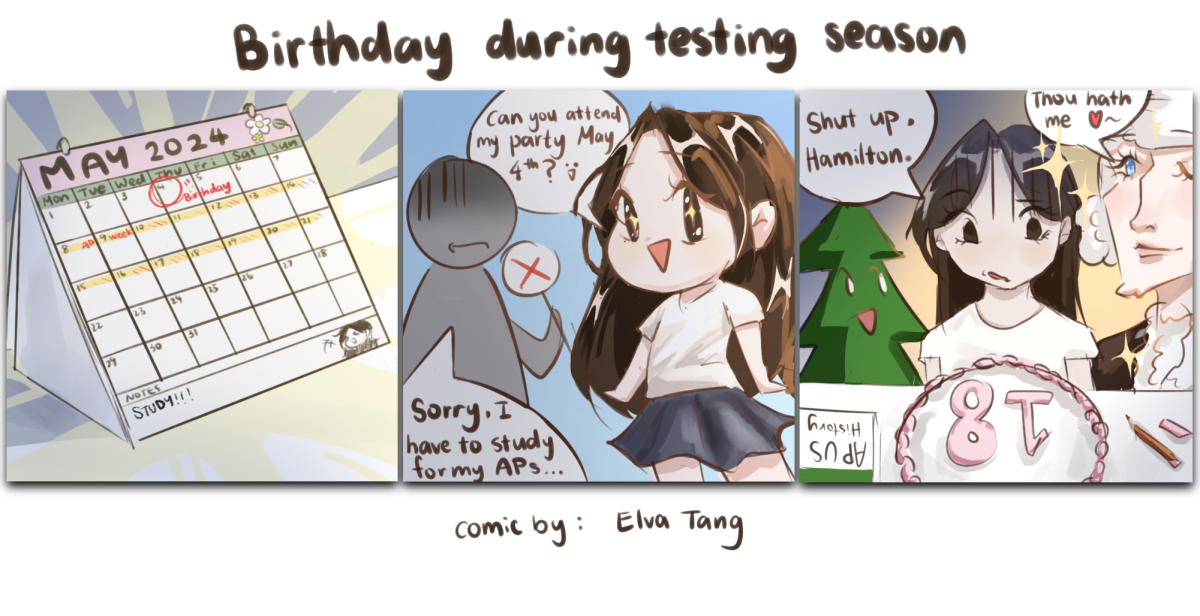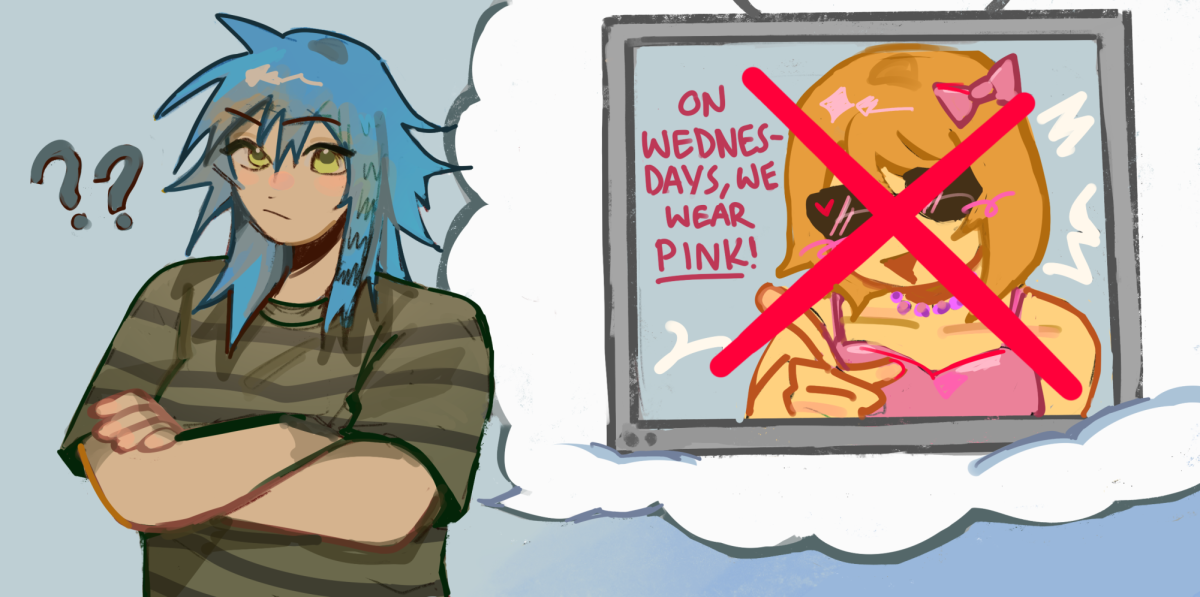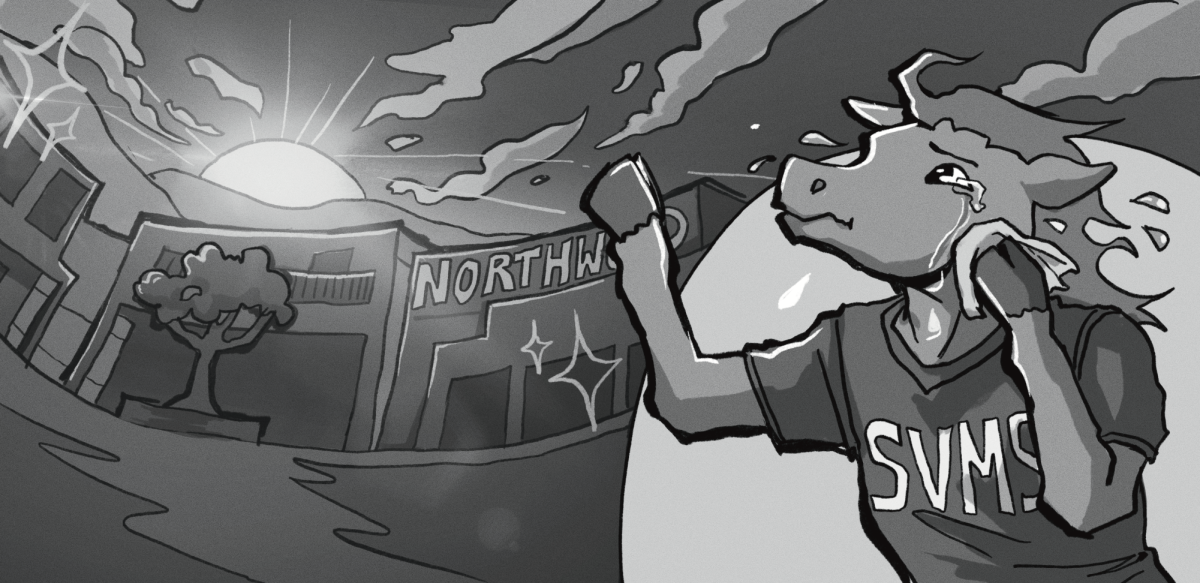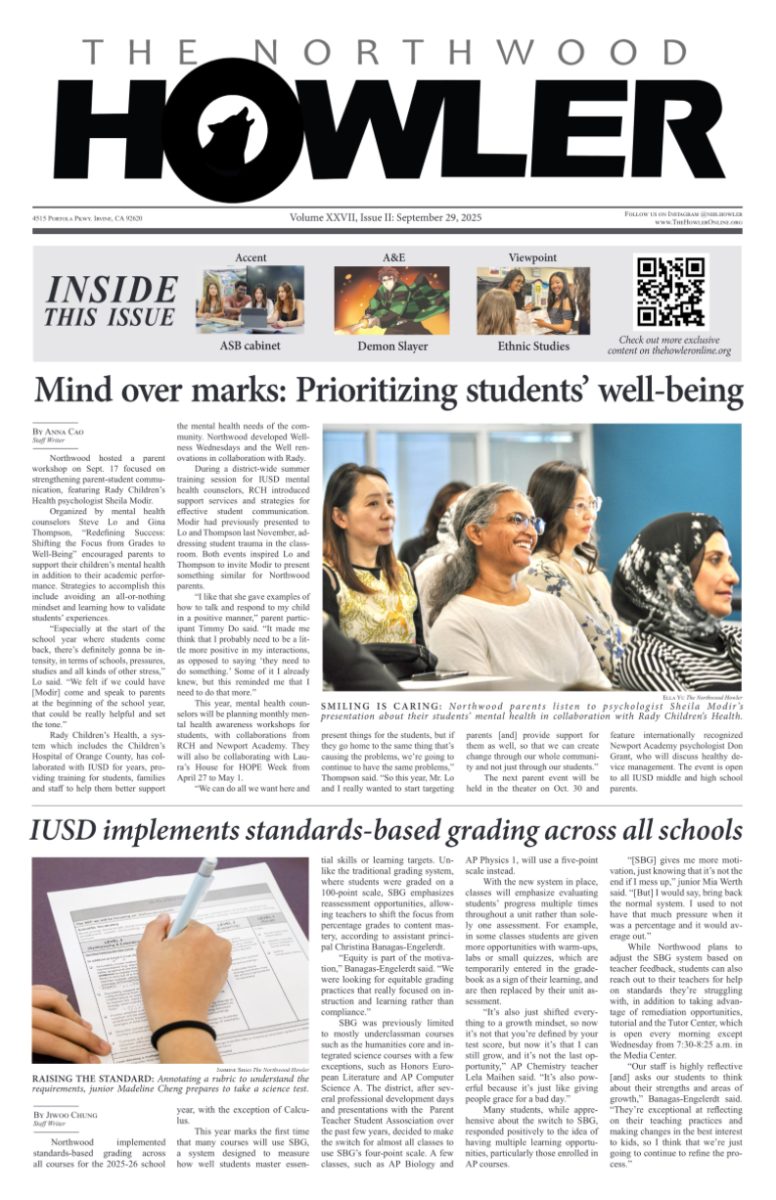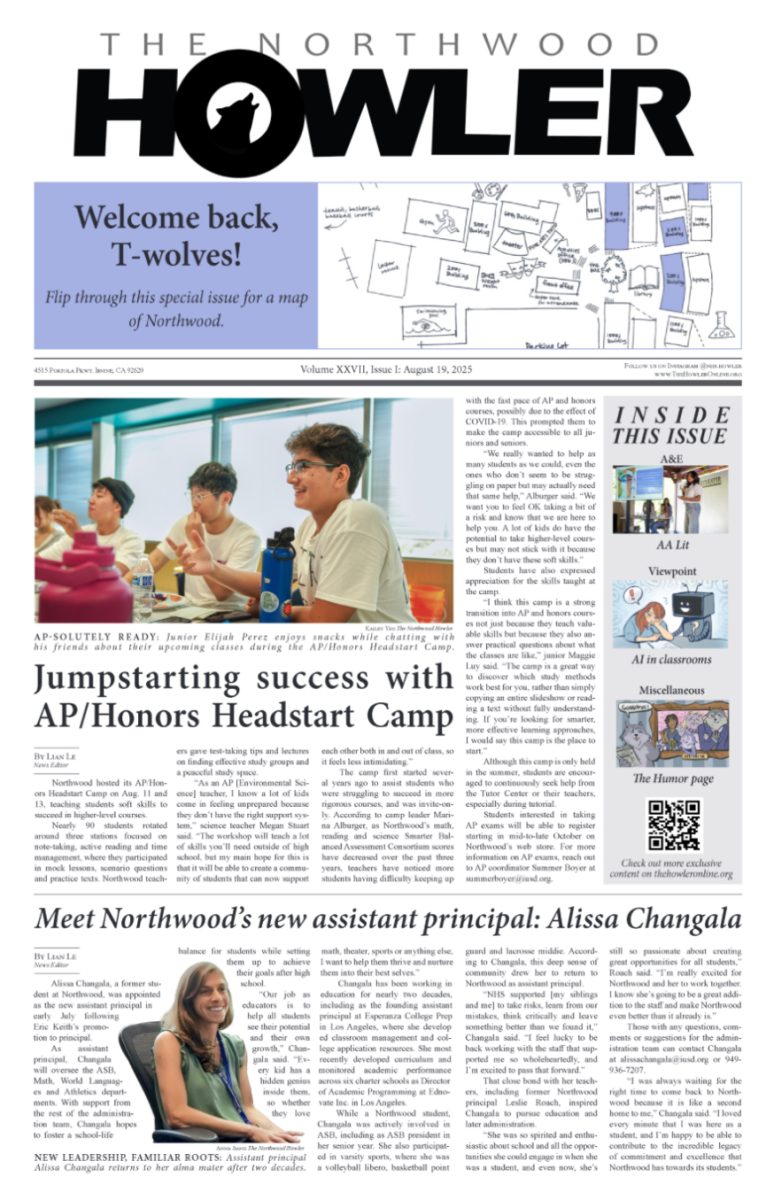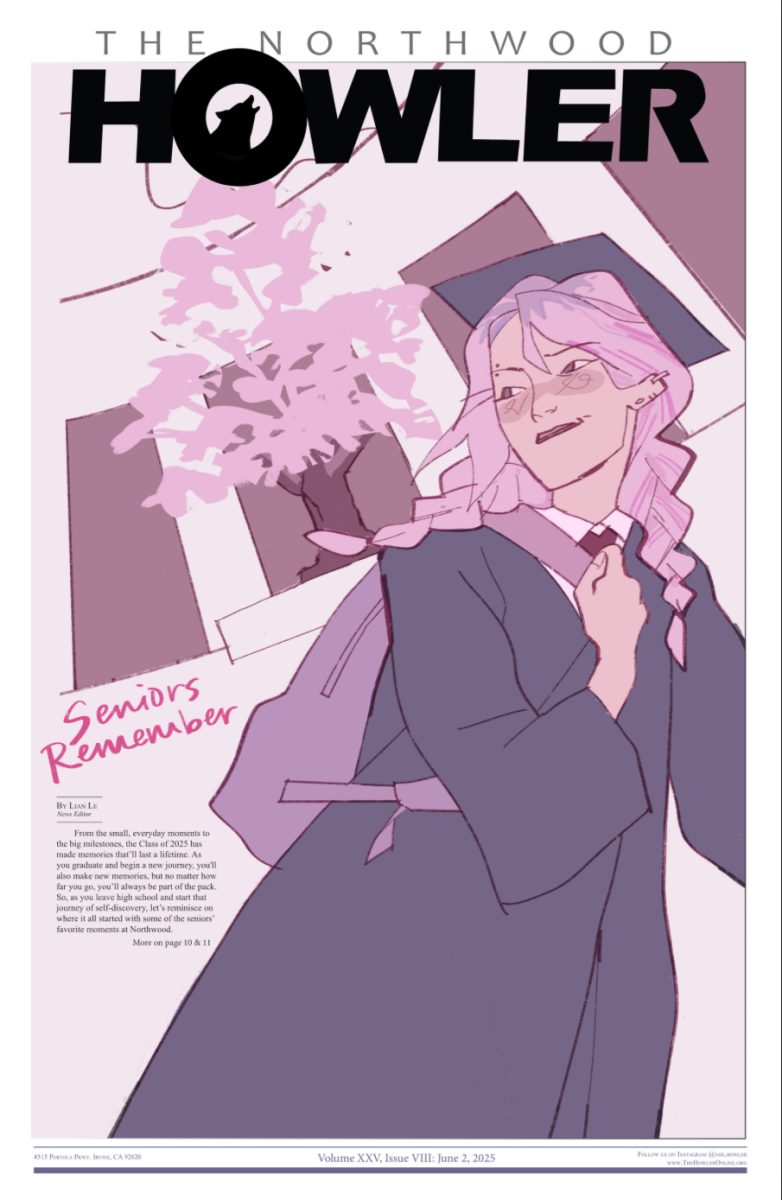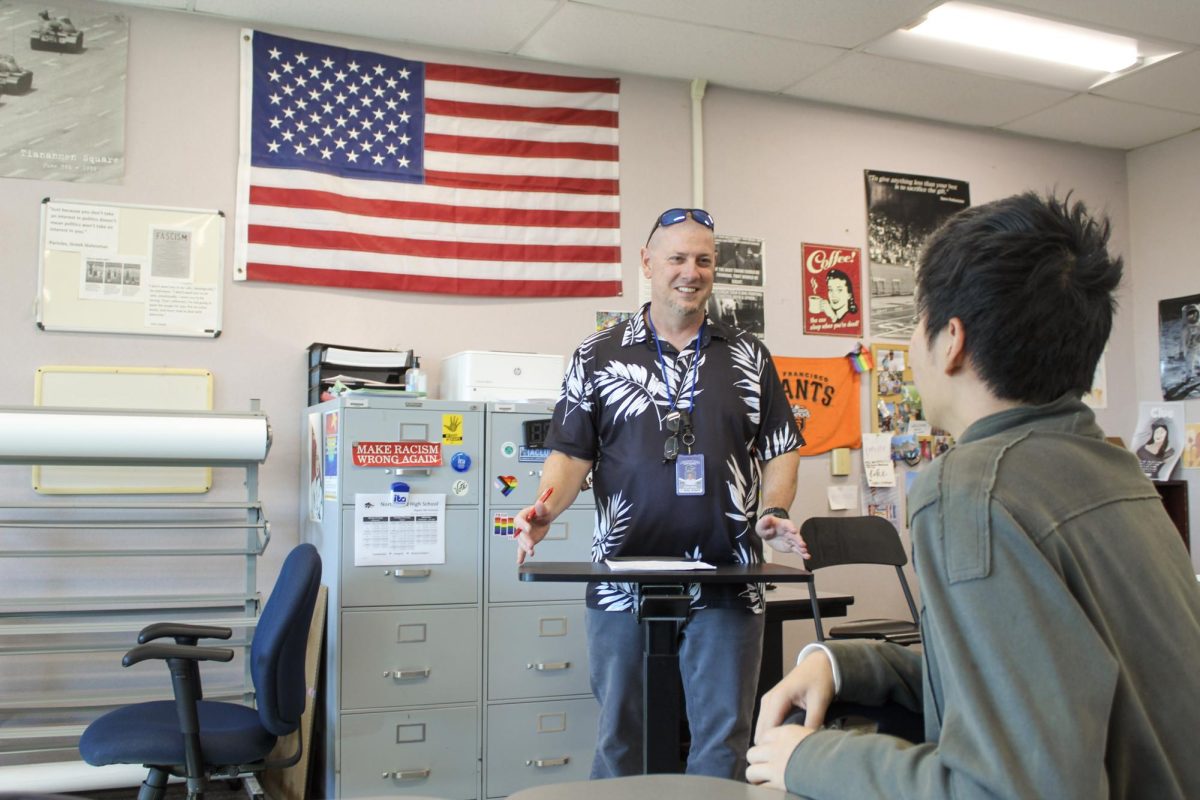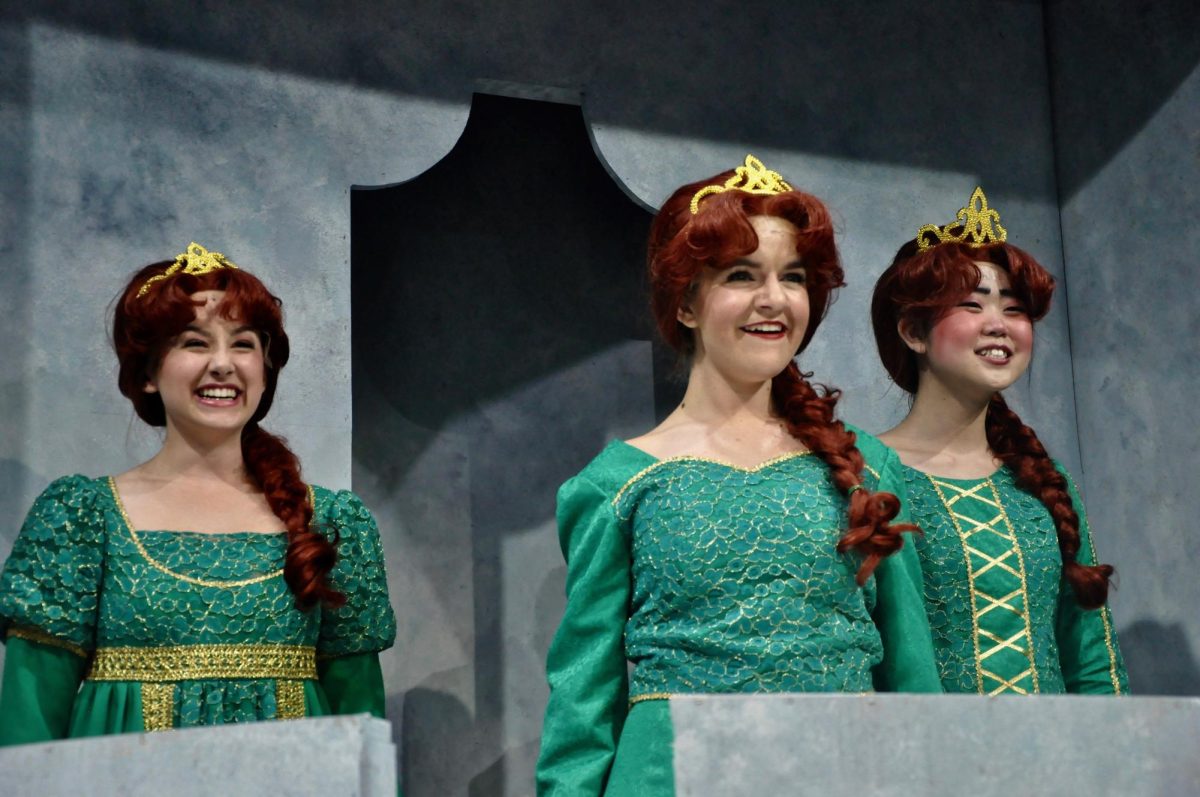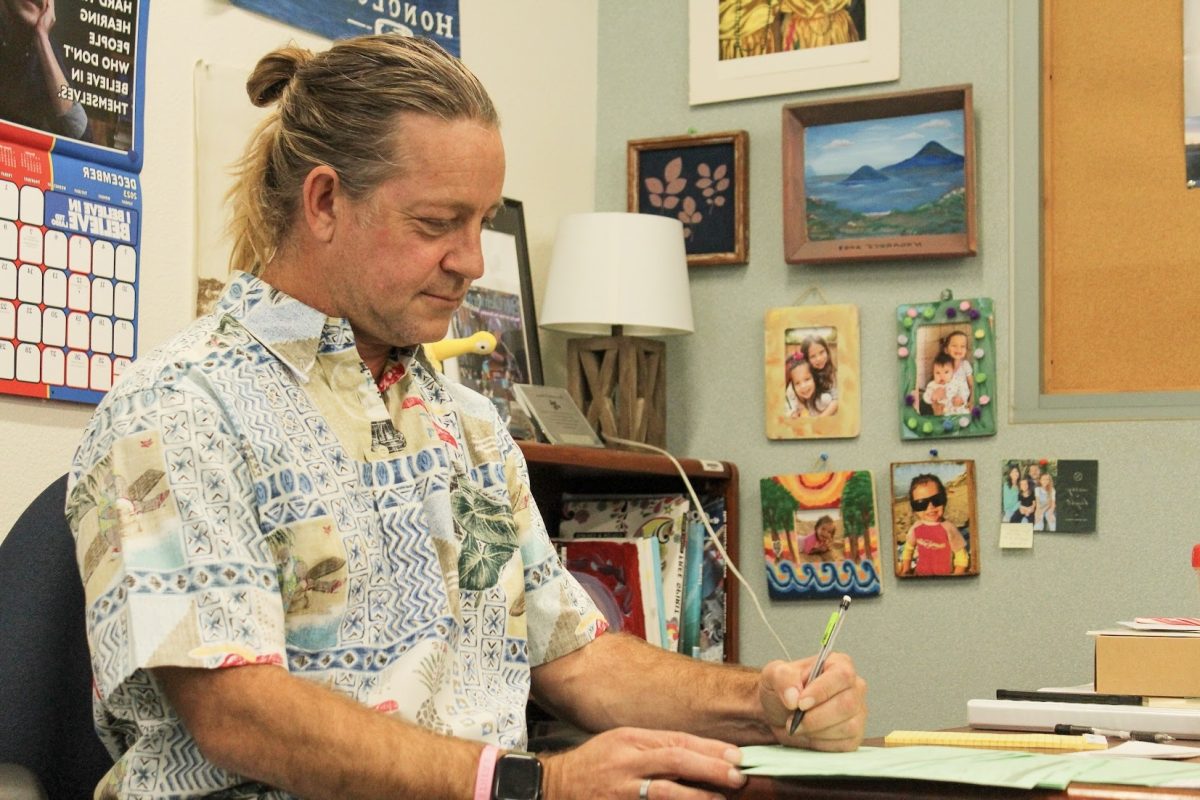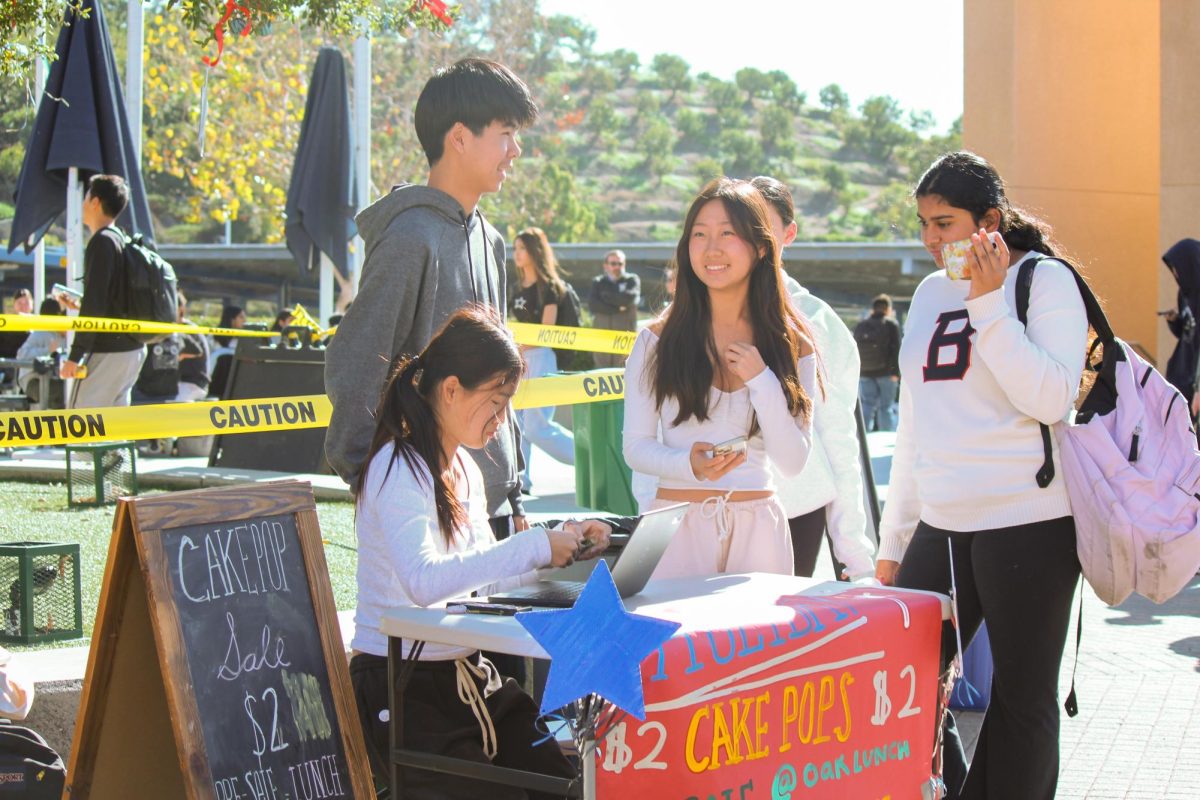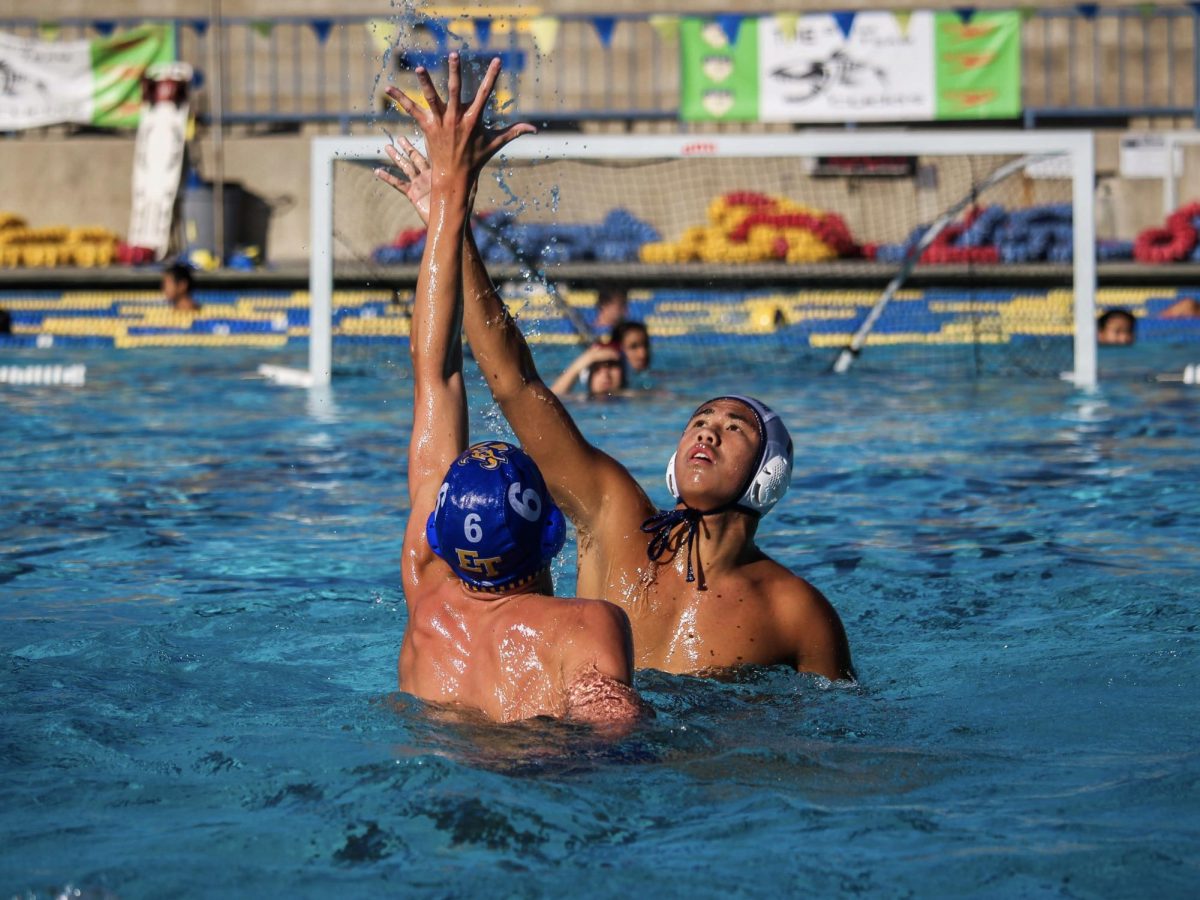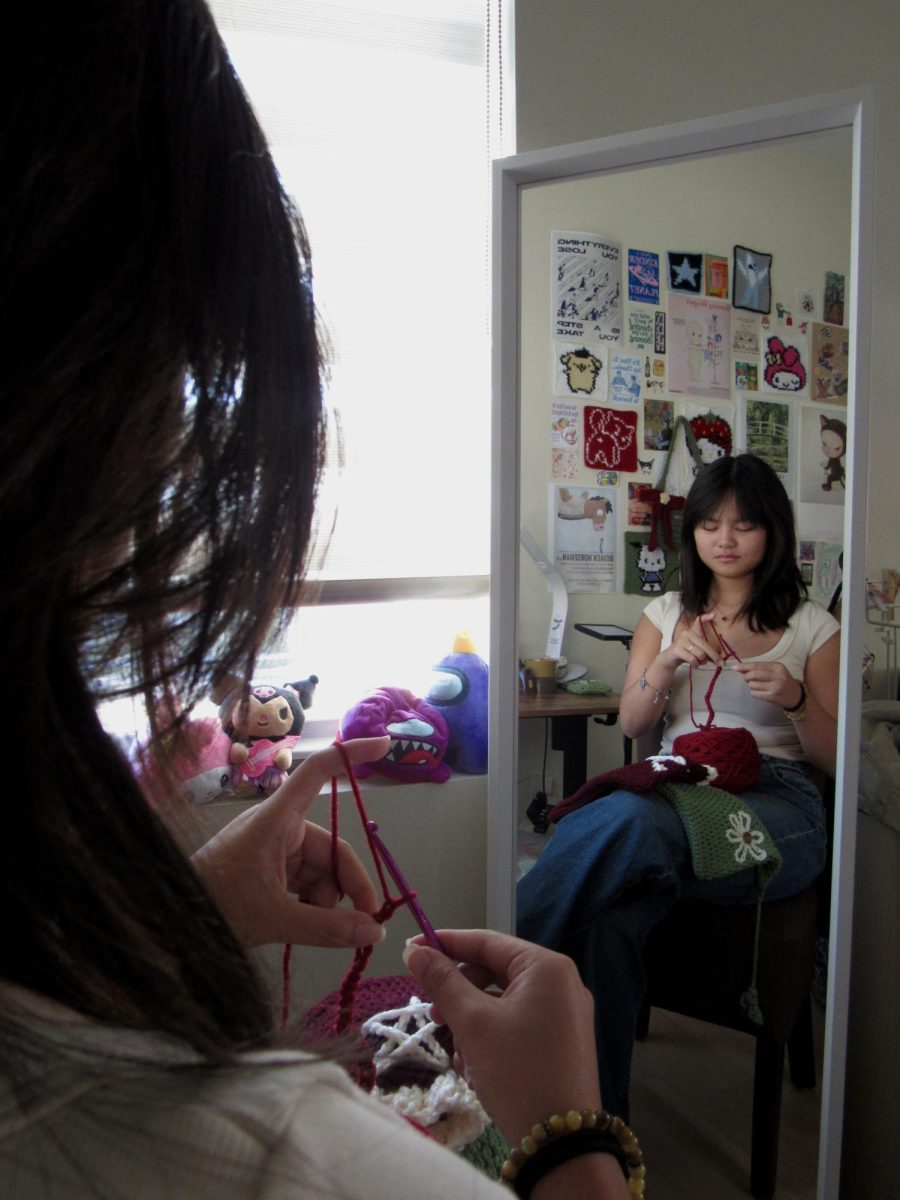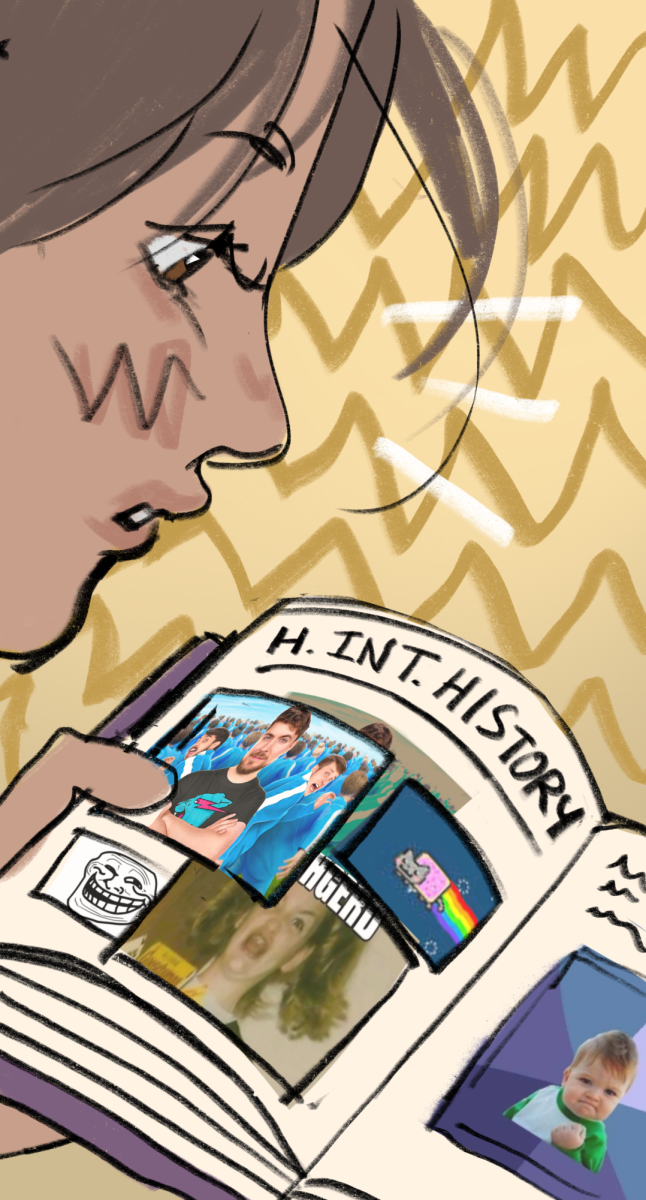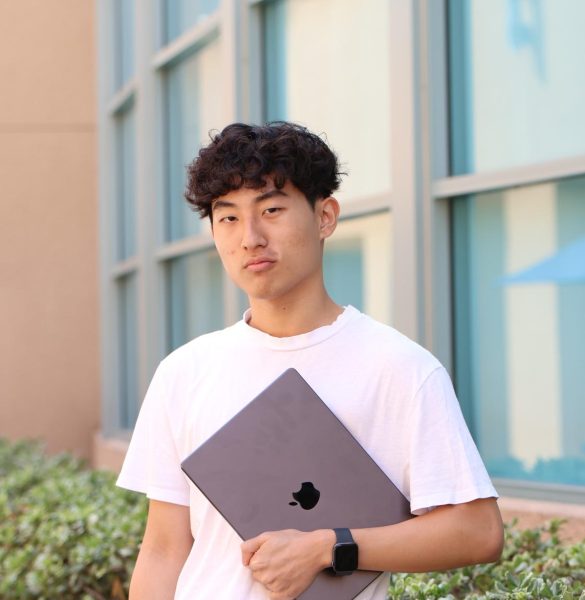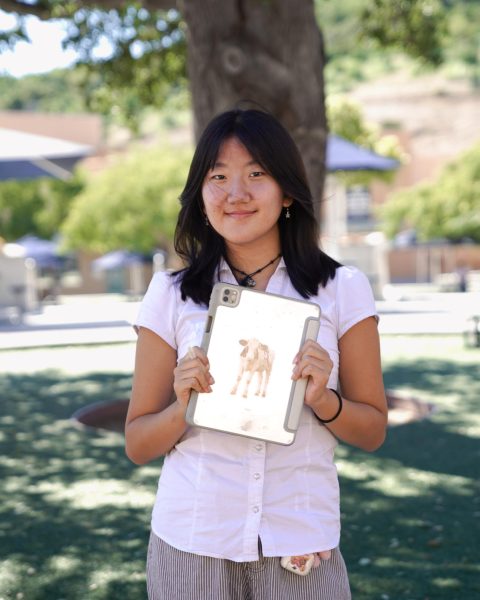AP Media Literacy is superior
There is an extremely pressing skill for students to master in our digital (and possibly dystopian) world—one that doesn’t involve derivatives, mitochondria or dangling modifiers. Enter AP Media Literacy, the holy grail of modern education designed for our swipe-eager, meme-driven society. Approved as a brave last act by a soon-to-be-abolished Department of Education, AP Media Literacy is the ultimate solution for today’s most pressing crisis: students’ inability to filter out dubiously factual Instagram posts.
The curriculum will teach essential skills students lack when navigating the online world. According to a College Board spokesperson, students will spend their classes analyzing whether a YouTube Short of a particular influencer’s $30 morning smoothie is simply a ploy for advertisement opportunities. Additionally, students will focus on building and maintaining a flawless social credit score through strategic likes, shares and comments, inspired by a theory first proposed by ground-breaking social theorist Black Mirror. The final test of students in the course will be choosing between two polar opposite but entirely accurate versions of alternative facts, a skill students must have if they are to survive in the ultra-digitized economy we call Northwood High School.
“Traditional AP classes are so last decade,” said Rocket Baron, visionary educational psychologist & former rocket scientist. “AP Media Literacy provides a universal toolkit for the digital warriors of tomorrow—after all, the next war will be fought over who can ‘ratio’ ideological opponents more effectively and project superficial confidence. I sure hope that we can prepare our students for that fateful day.”
Some have argued that “Honors Internet History” must take precedence over this critical class to learn from past mistakes to prevent future chaos. Indeed, educators must ensure we are preparing students for future success. Honors Internet History, however, is focused on the wrong priorities and lessons. Focusing on obsolete social networks or short-lived “celebrities” is a misappropriation of resources and time on irrelevant past facts. Sure, nostalgia about the golden age of dial-up and MySpace is great, but that is an ineffective use of students’ precious time when they could instead be perfecting the art of understanding algorithmic manipulation to avoid digital chaos—a clearly superior objective.
What students of today need is a digital toolkit for the today and now, one that can transform swipe-happy youths into digital strategists ready to navigate cyberspace with precision. AP Media Literacy would do exactly that.
While previous AP curricula and preparatory courses have prepared students to become the next great novelist or create the new technological marvel of our generation, AP Media Literacy will add to students’ holistic educational process by preparing students for the real challenges of today: how to avoid doom-scrolling on X. New course offerings must add more value than it subtracts time from students, and the demise of Vine is not one of those offerings. Because when the digital apocalypse hits, it’s not forgotten history or nuclear fallout that one must fear—it’s fake news.
Take Internet History
History. The study of the goods, bads and uglies of mankind, with no gruesome detail left undescribed. It’s the combined occurrences of all 117 billion historical humans, sharing stories of courageous ancestors and fatal misdeeds, experiencing humanity over and over again, and somewhere amidst all of that is the Internet.
Learning about the death of Vine or the fall of Mr. Beast is part of Internet History’s interdisciplinary curriculum. Combating the “when will I ever use this in real life” argument, the course teaches all students to leave a digital footprint that leaves them employable. Students will learn to employ the “Think before you speak” method, ensuring that the things they post on the Internet forever are true, helpful, inspiring and kind.
Students need to study digital history to ensure that we don’t repeat past mistakes. As Internet History covers the founding of modern online culture, it must also unveil humanity’s darkest corners, like The Hype House and girlsgogames-dot-com.
“In my class, there’s one rule: don’t post boomerangs with a fake-deep caption, don’t get into an embarrassingly genuine fight with a troll and don’t post weird flexes,” Internet History teacher Mimi Vetaran said.
AP Media Literacy might teach students how to spot fake news, but it won’t stop them from uploading a picture of themselves dressed like the final boss of microtrends. AI-generated disasters come and go, but the real name tag of shame is the stuff you post yourself. Why not save yourself some grief by learning from everyone else’s epic fails? AP Media Literacy teaches you to avoid sensationally exaggerated headlines, but how can it teach media skills without knowing where people went wrong in the first place? Internet History pauses to look behind us and truly reflect.

